What is the purpose of Buddhism?
![]() What is the purpose that Buddhism is meant to fulfill? I’ve learned about escaping samsara and becoming enlightened but is there another purpose or reason?
What is the purpose that Buddhism is meant to fulfill? I’ve learned about escaping samsara and becoming enlightened but is there another purpose or reason?
![]() Buddhism has a broad spectrum of understanding. The “purpose of Buddhism” is to fulfill our full potential and awaken our Buddha-Nature (the potential to become a Buddha).
Buddhism has a broad spectrum of understanding. The “purpose of Buddhism” is to fulfill our full potential and awaken our Buddha-Nature (the potential to become a Buddha).
But, the “purpose of Buddhism” is also to discover Enlightenment and achieve Nirvana. But Nirvana is described as “to extinguish” all desires and selfishness.
And this is to escape Samsara, the 6 Realms of Existence, which are used to describe this world of human limitations. There are so many other ways of explaining Buddhism—maybe, our actions.
Thus, our course of action, when “being tempted,” is to take responsibility for our actions.
Gassho (with palms together), Rev. Ron

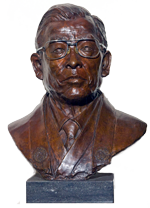
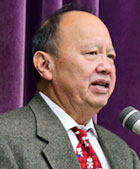 REV RON MIYAMURA – Resident Minister: As we celebrate our 75th Anniversary we should pause to look back with a sense of gratitude and forward with a sense of hope.
REV RON MIYAMURA – Resident Minister: As we celebrate our 75th Anniversary we should pause to look back with a sense of gratitude and forward with a sense of hope.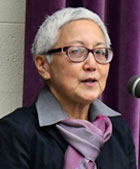 KIKU TAURA – MBT President: On Sunday, Nov. 3, Midwest Buddhist Temple capped a year of commemorative events with a luncheon in honor of our 75th anniversary. I was happy to see that an estimated 175 Sangha members and friends came to celebrate the occasion, and the full house reflected the many faces of MBT today.
KIKU TAURA – MBT President: On Sunday, Nov. 3, Midwest Buddhist Temple capped a year of commemorative events with a luncheon in honor of our 75th anniversary. I was happy to see that an estimated 175 Sangha members and friends came to celebrate the occasion, and the full house reflected the many faces of MBT today.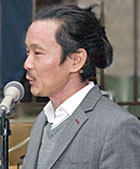 JASON MATSUMOTO – 75th Anniversary Committee Chair: MBT, throughout its 75 years, is fortunate to have been under the guidance of forward-thinking leadership. MBT values openness and inclusivity, inviting people who are 1 mile away or 10,000 miles away to, as Rev. Ron likes to say, “come as you are.”
JASON MATSUMOTO – 75th Anniversary Committee Chair: MBT, throughout its 75 years, is fortunate to have been under the guidance of forward-thinking leadership. MBT values openness and inclusivity, inviting people who are 1 mile away or 10,000 miles away to, as Rev. Ron likes to say, “come as you are.”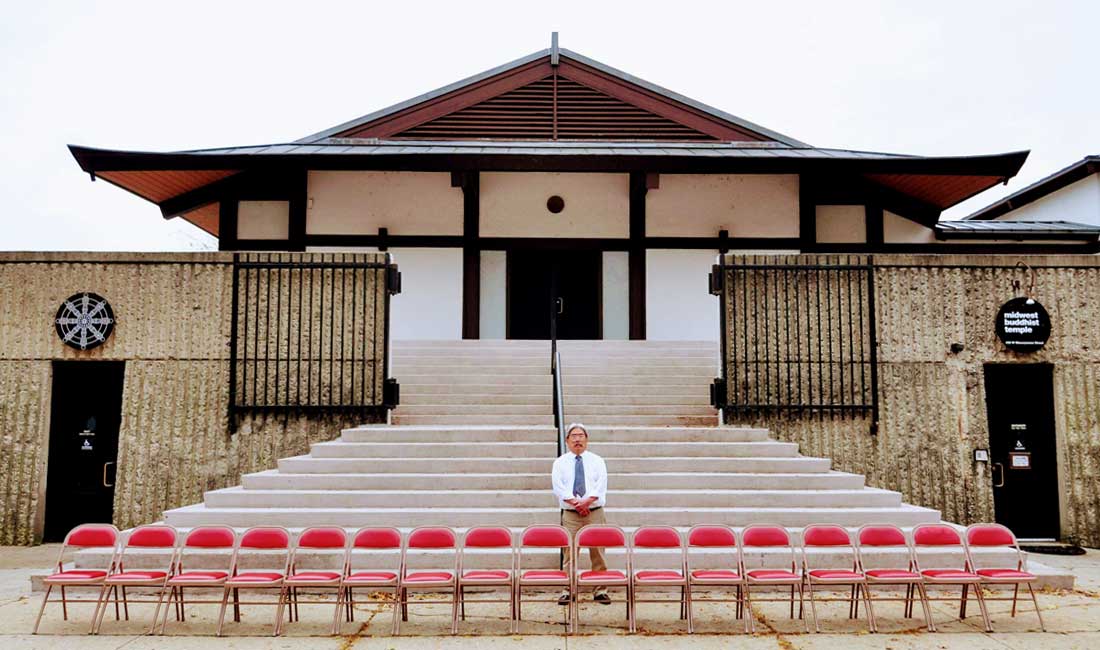
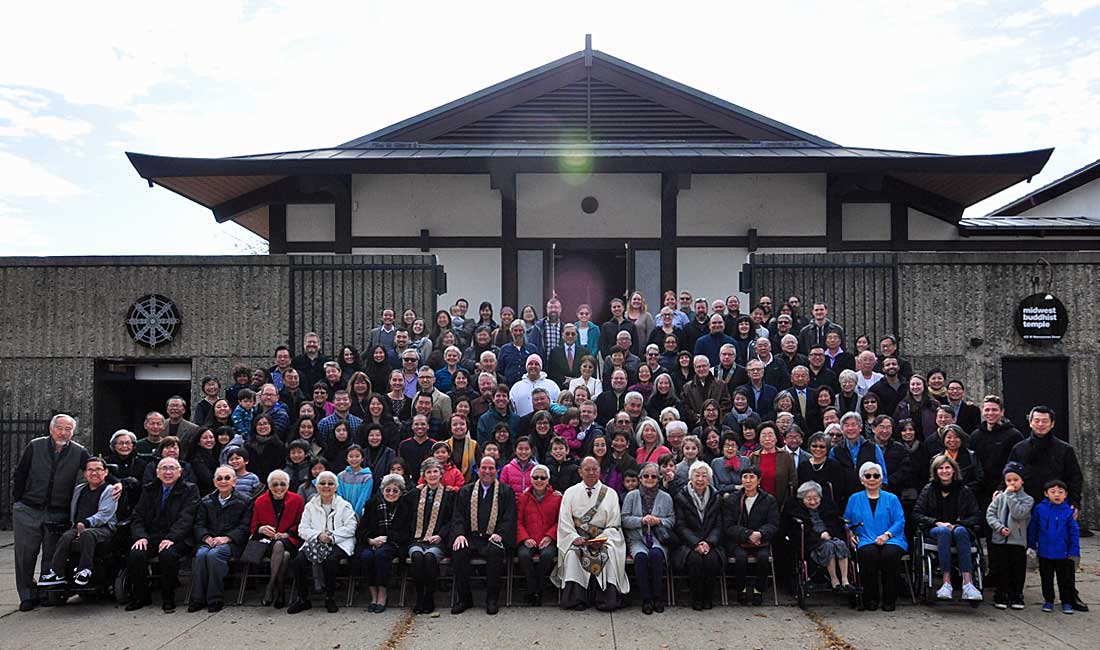
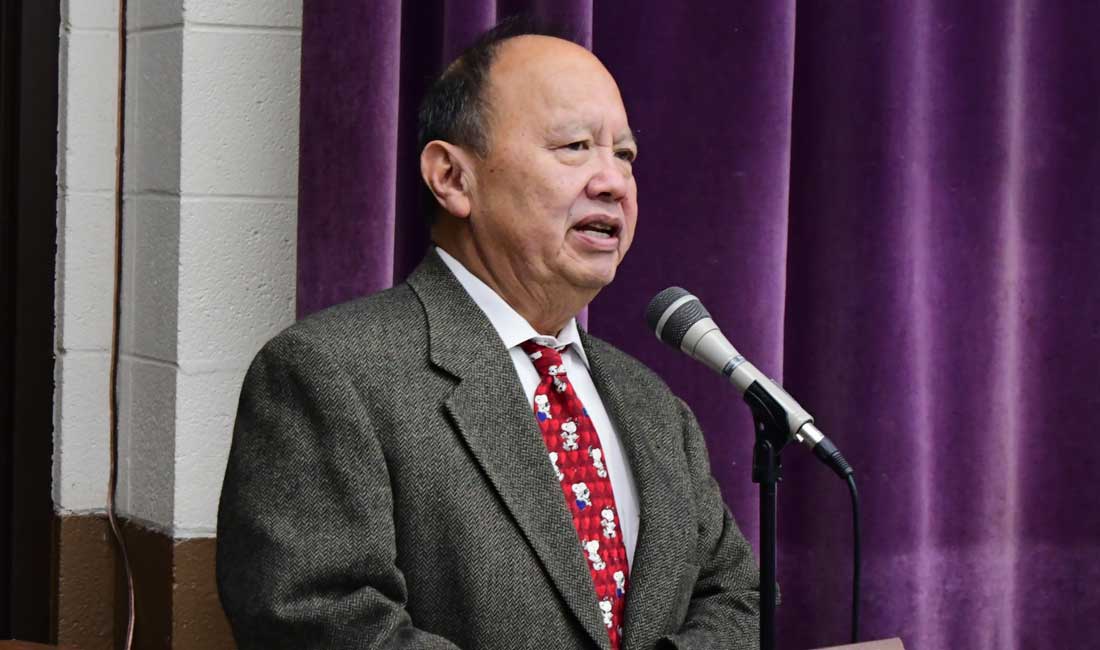
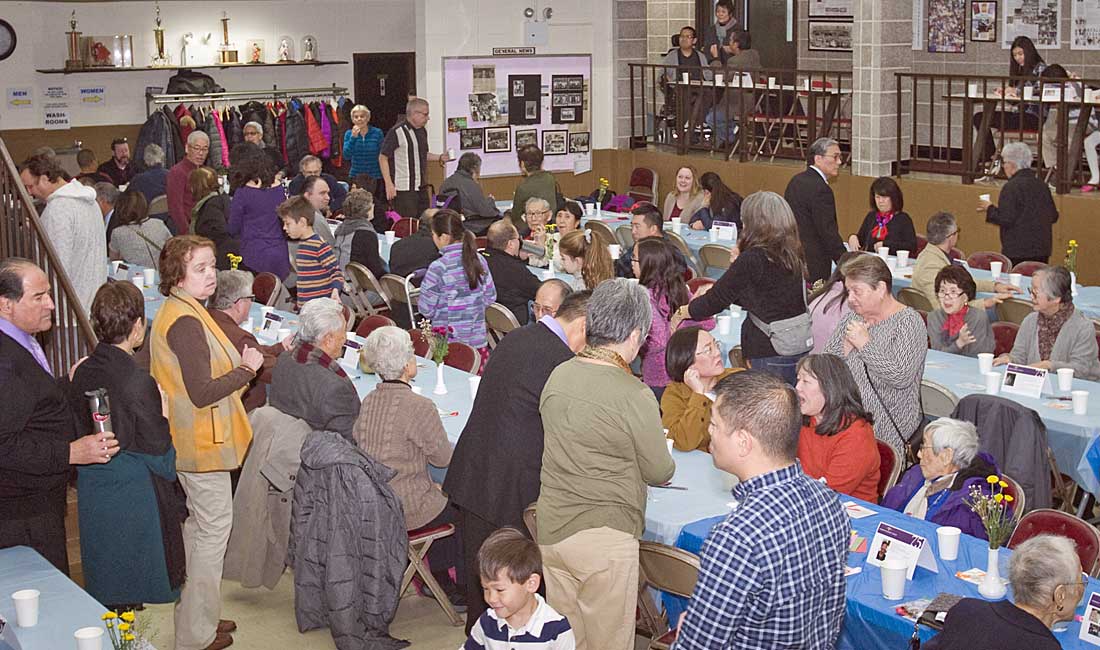
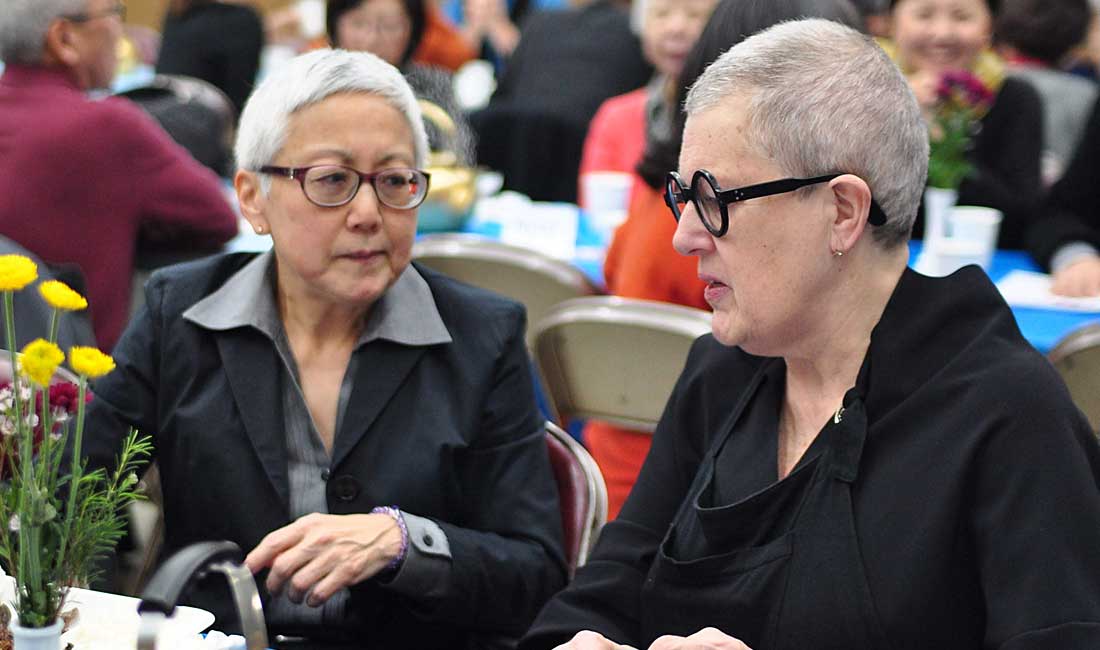
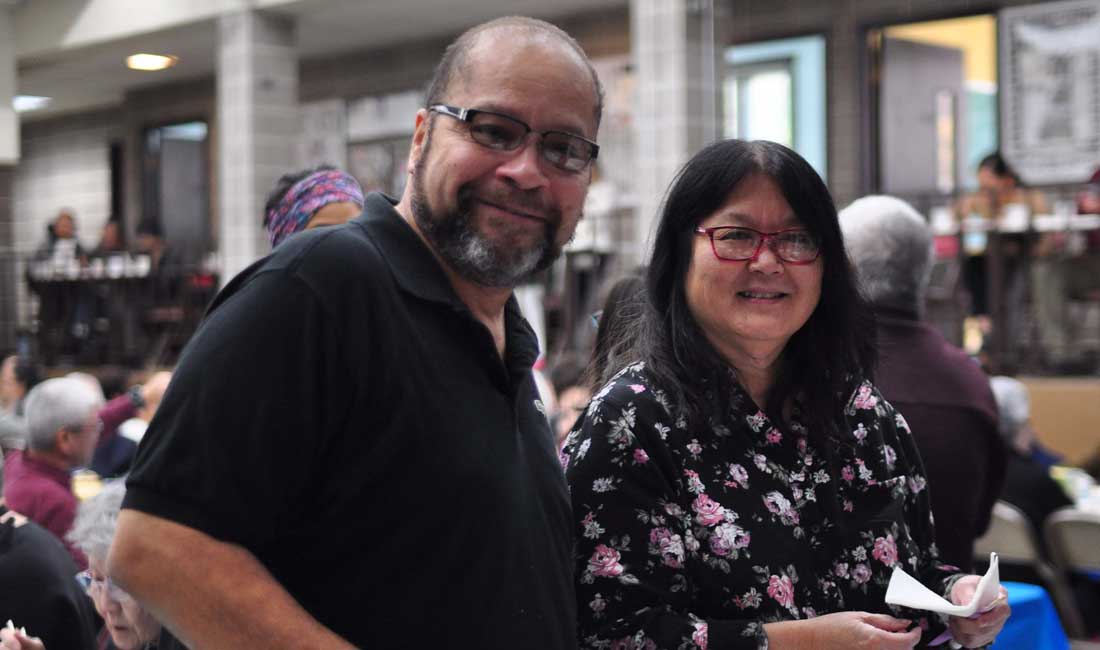
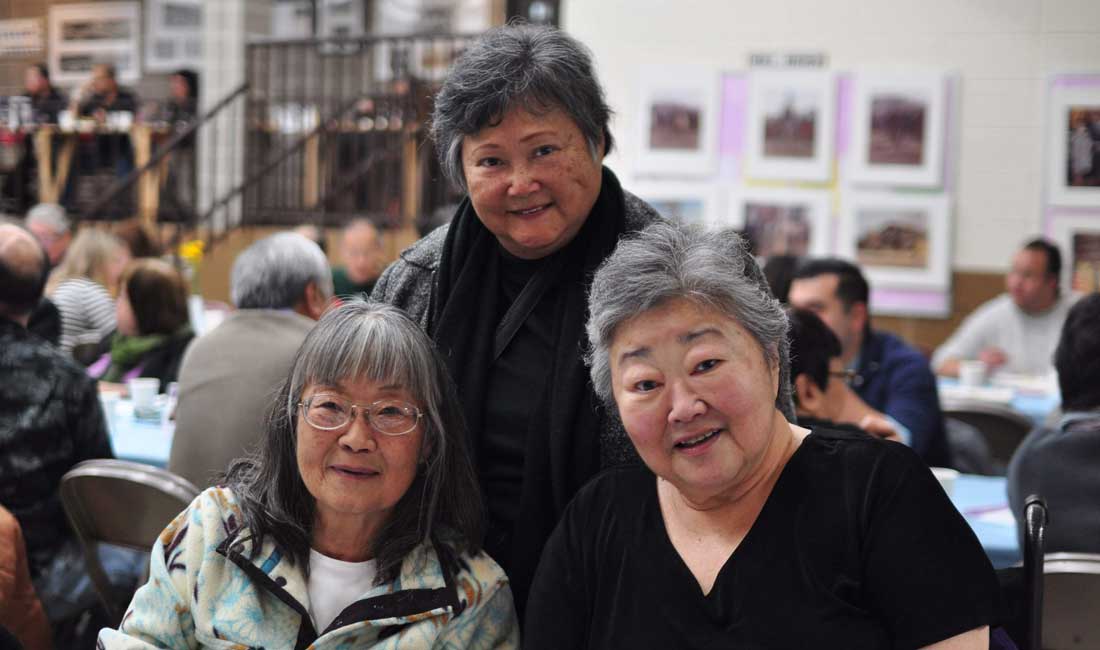
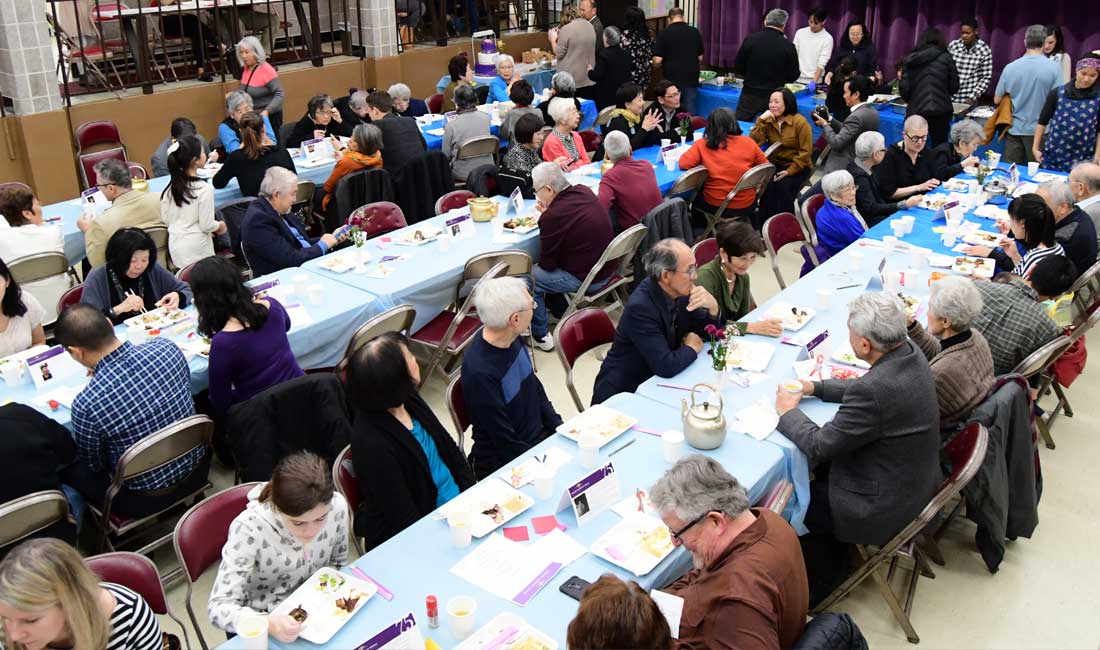
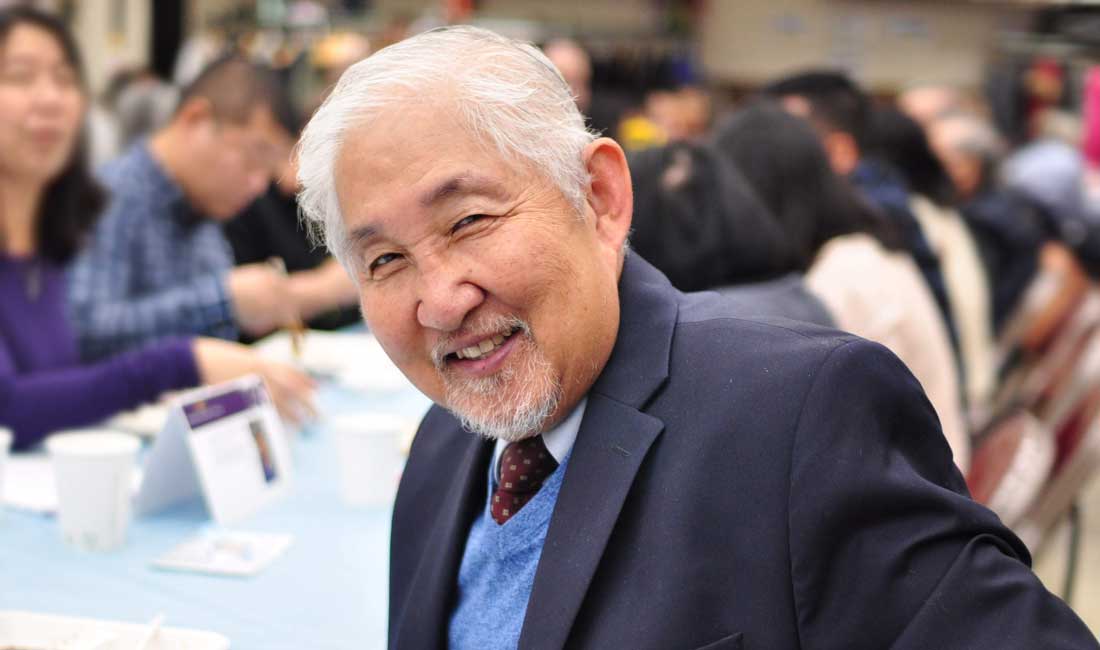
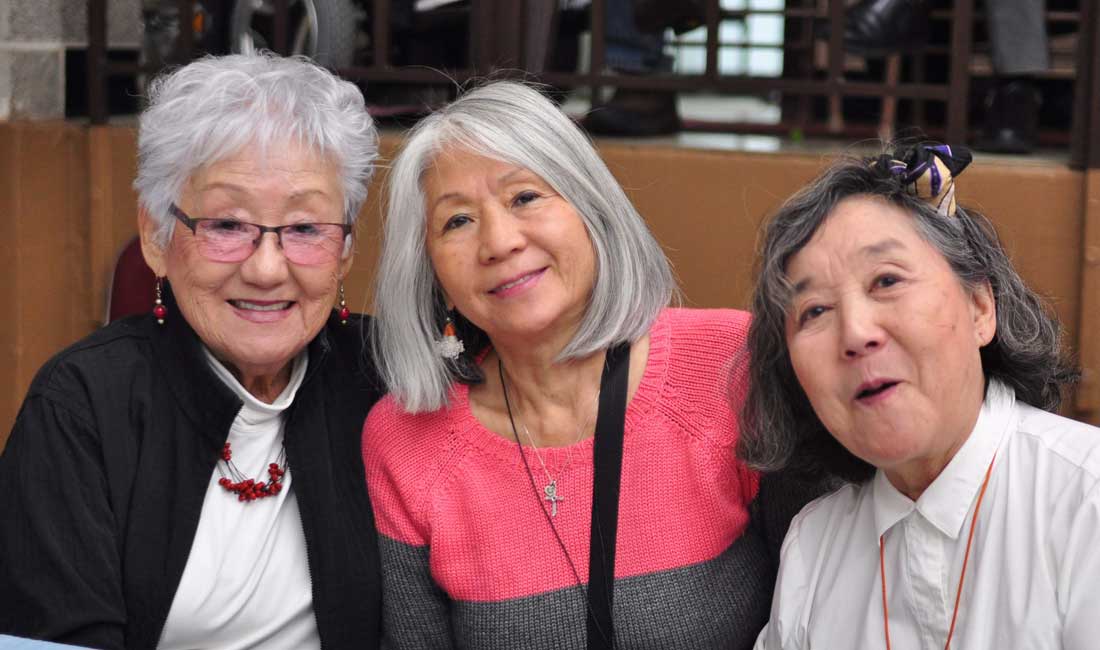
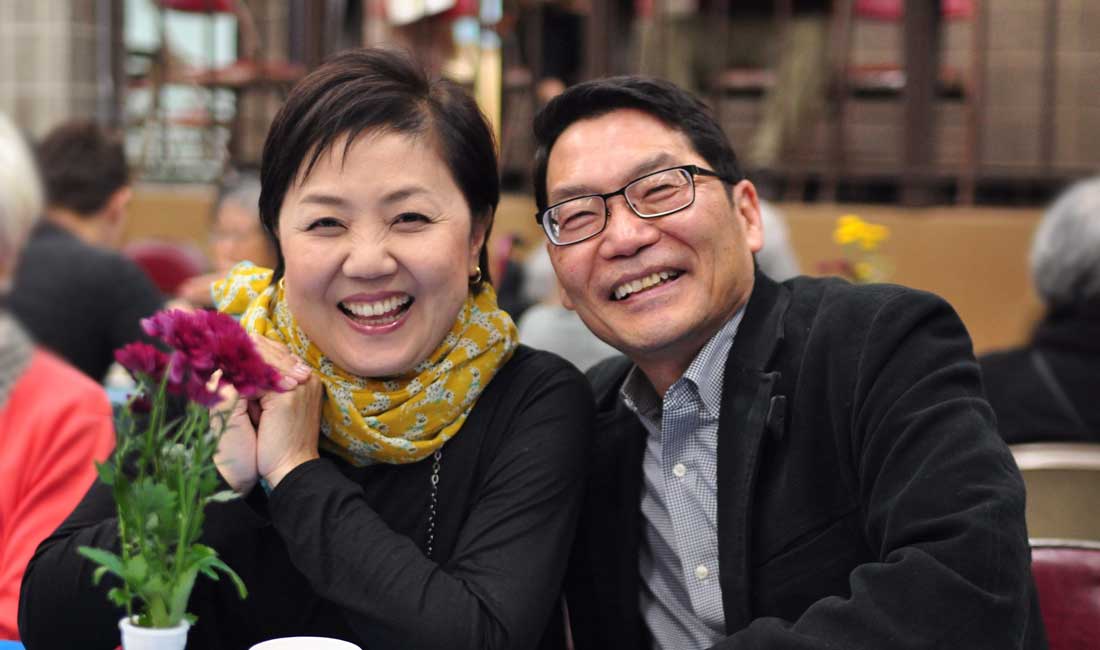
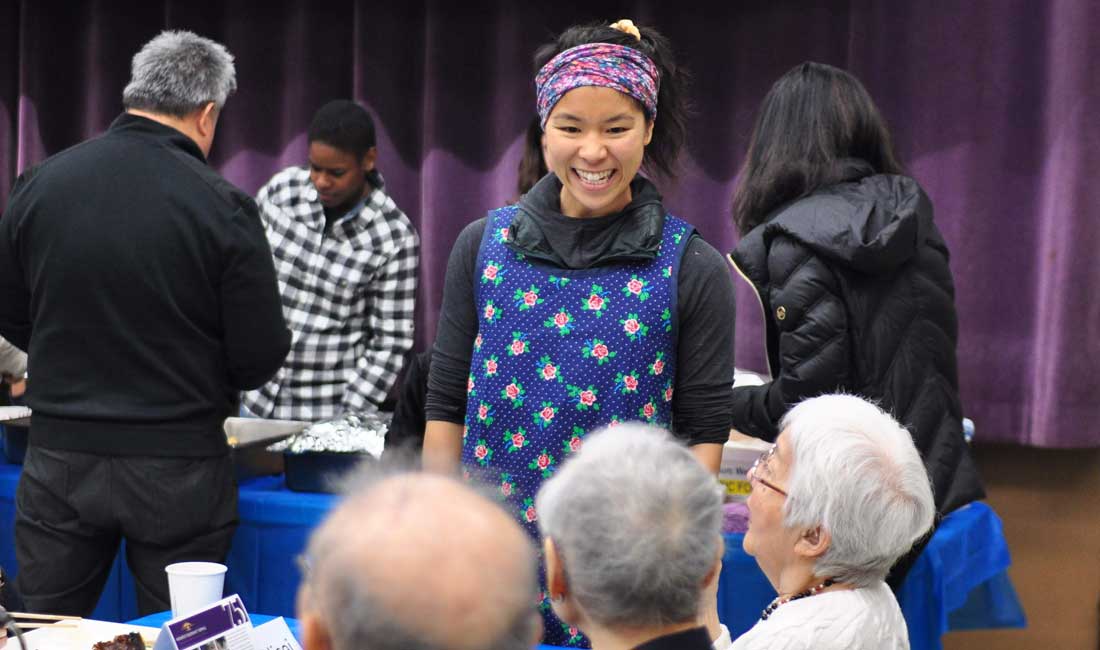
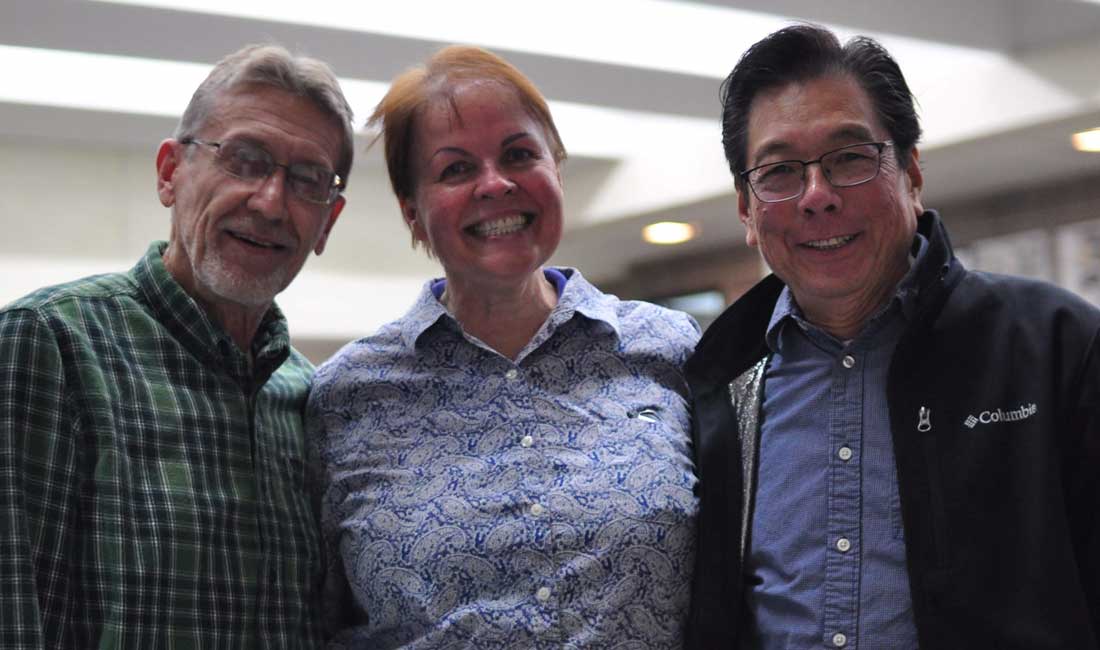

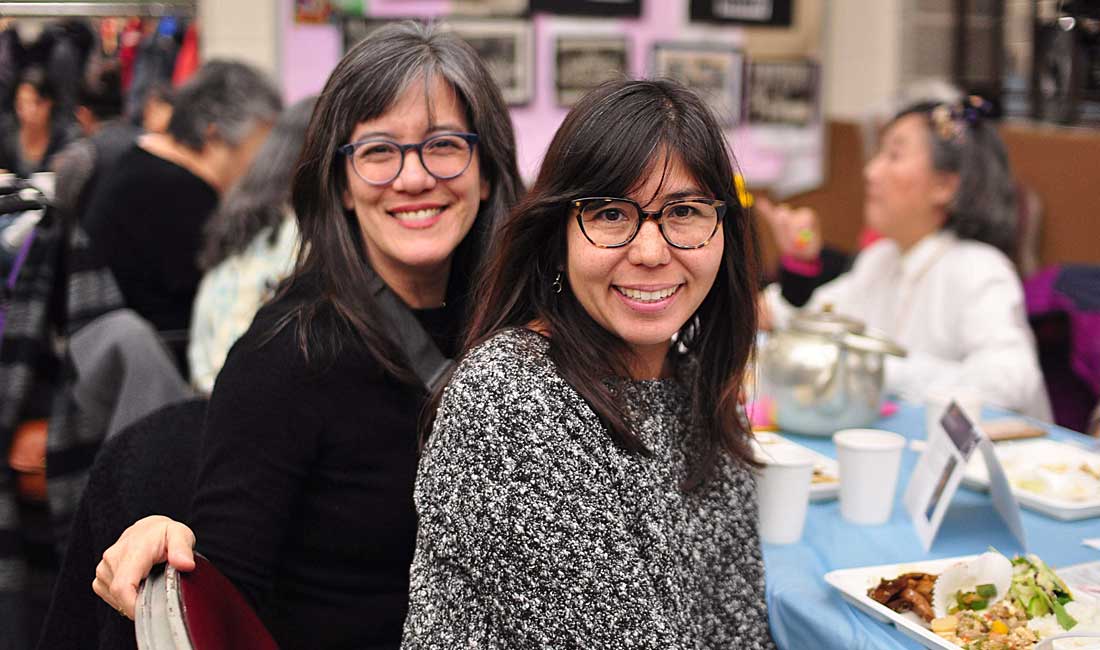
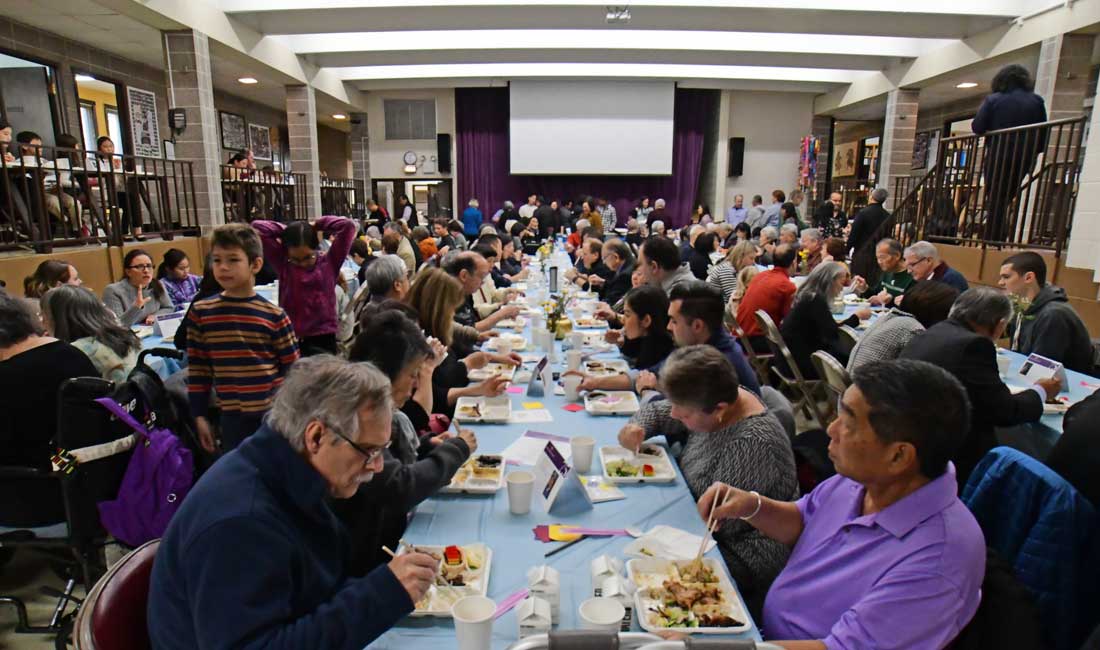
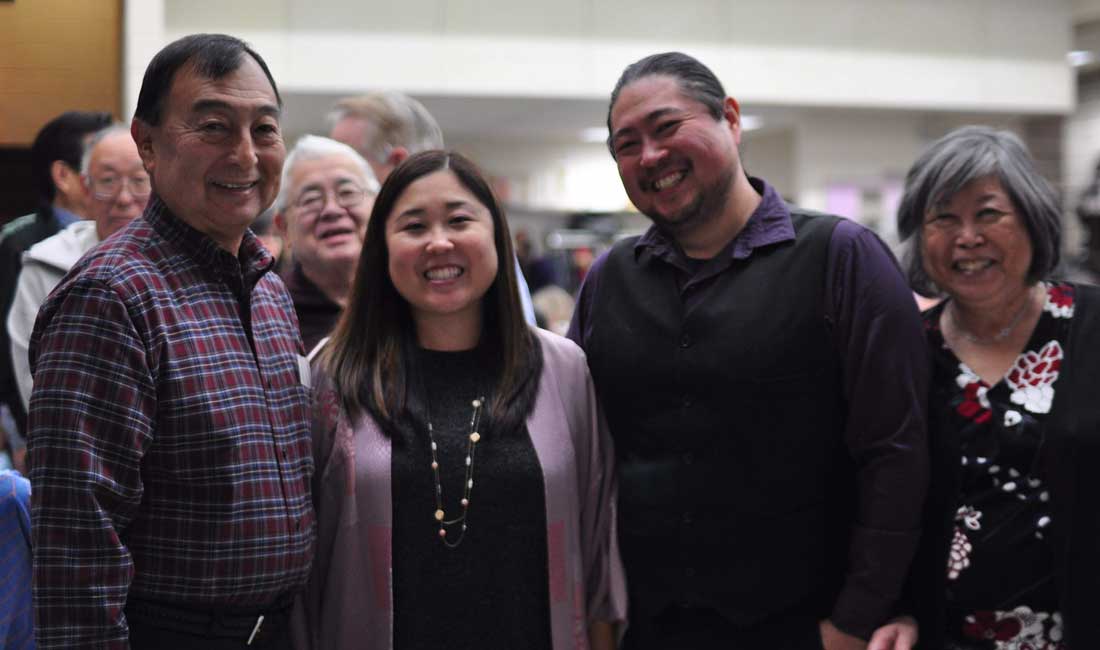
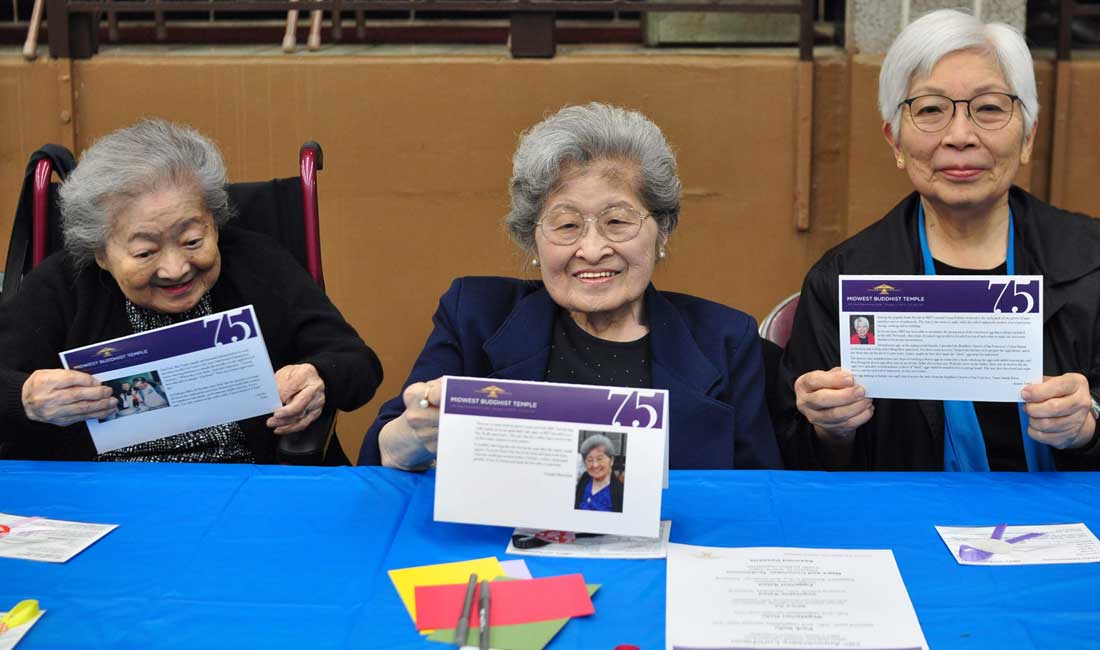
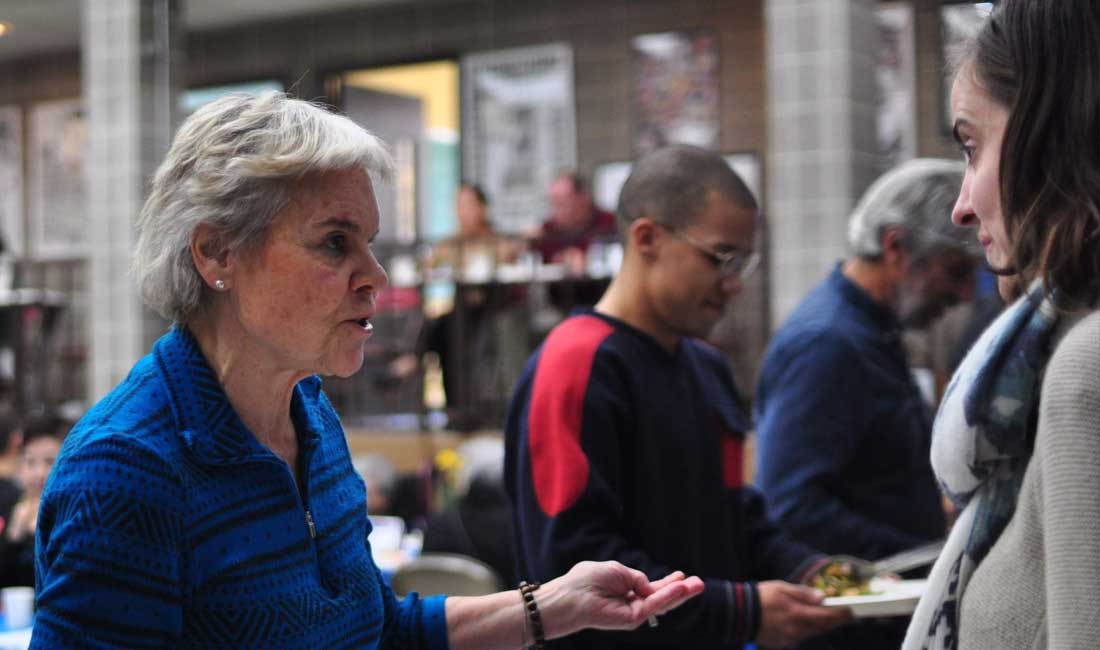
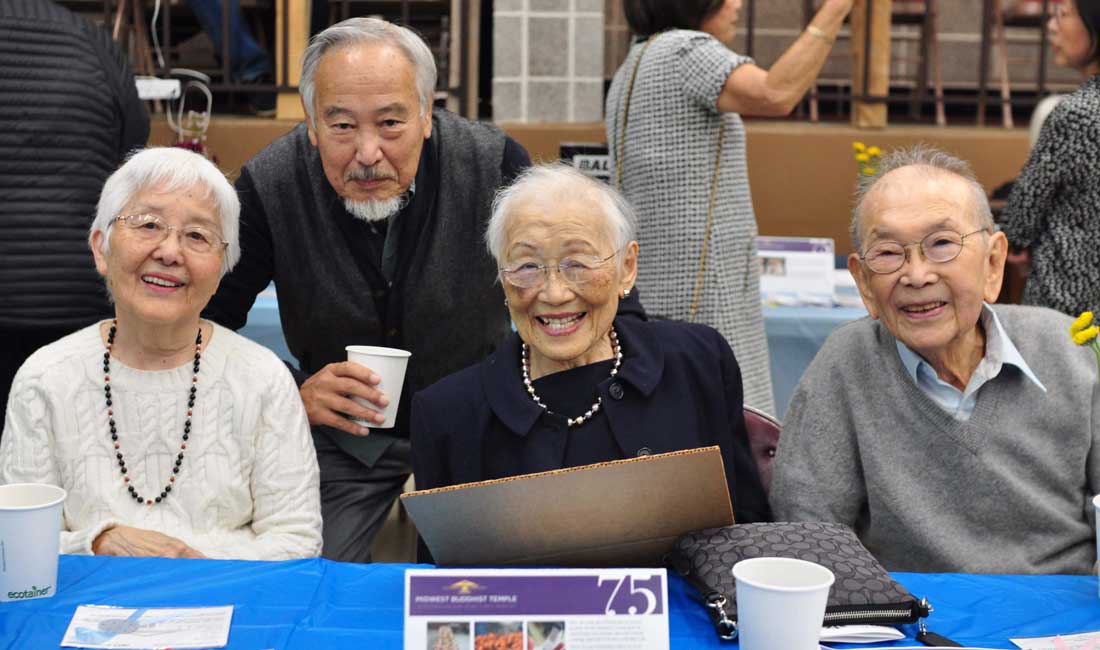
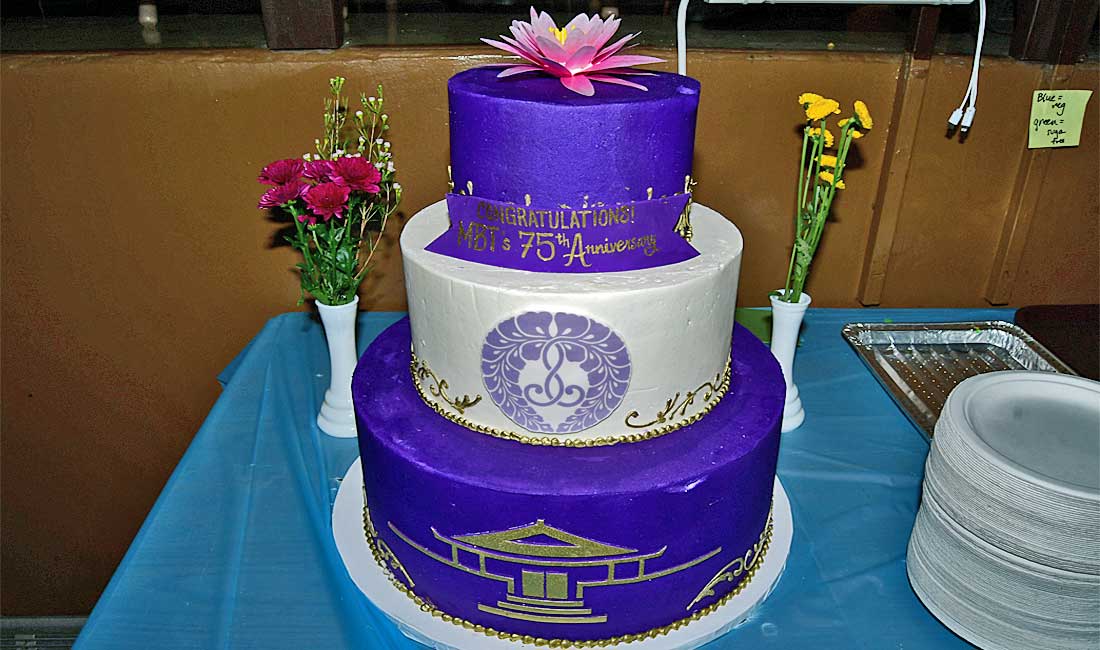
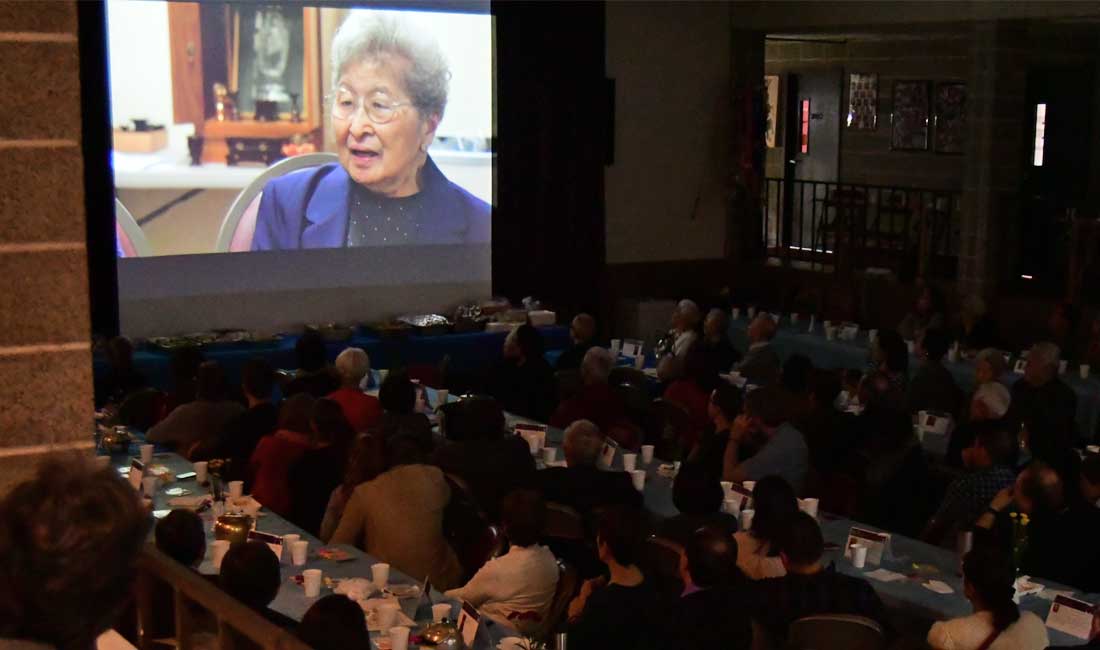
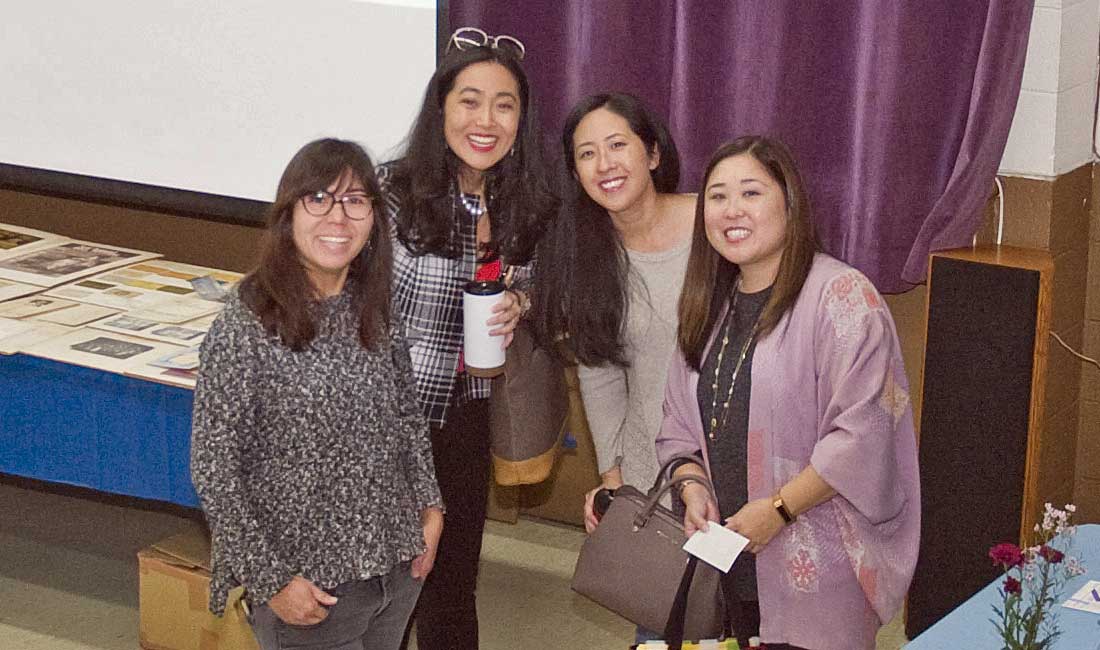
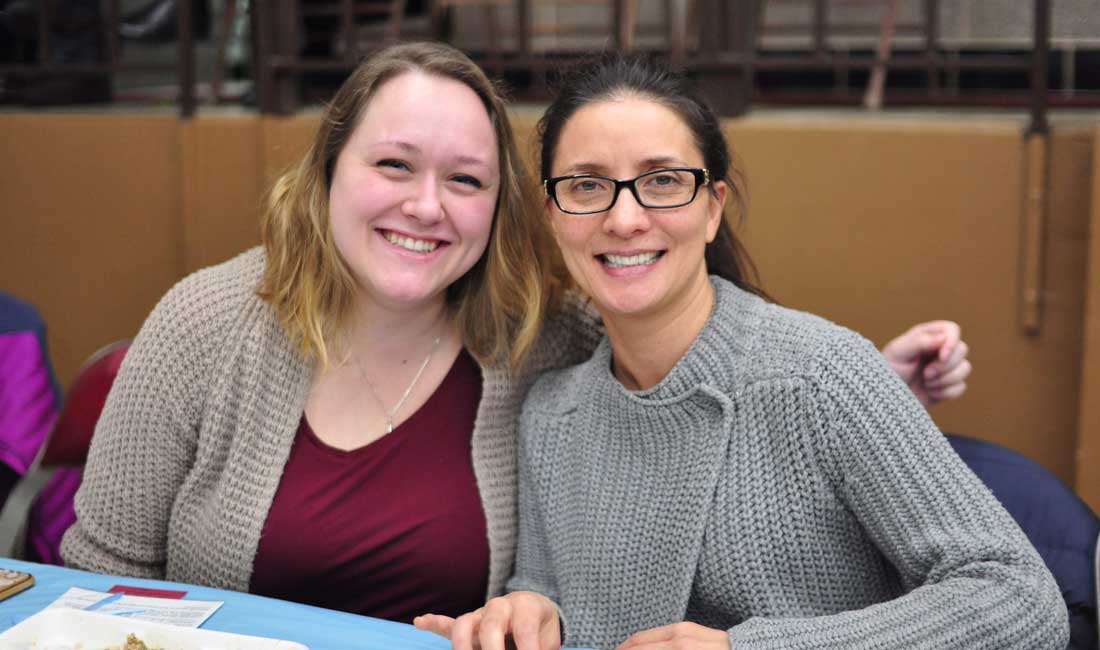
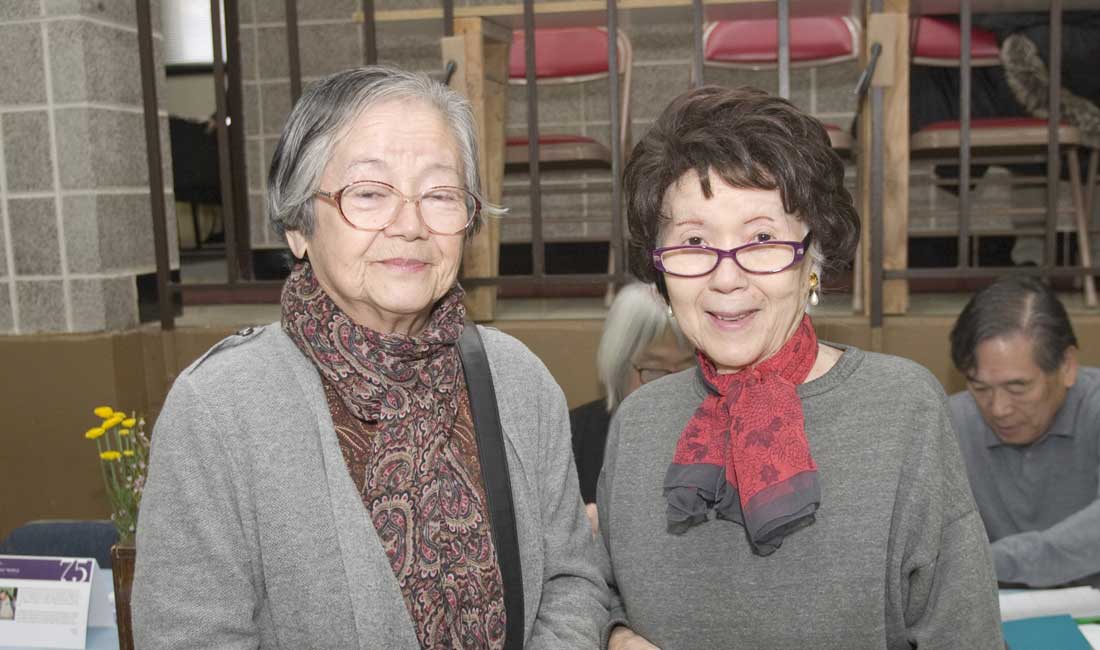
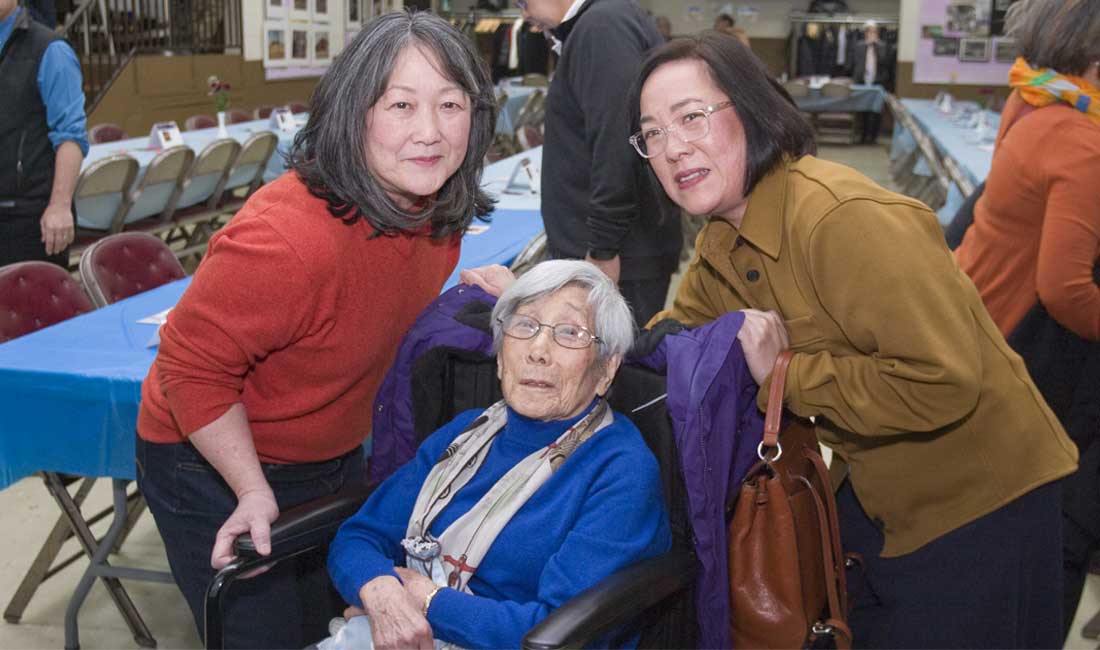
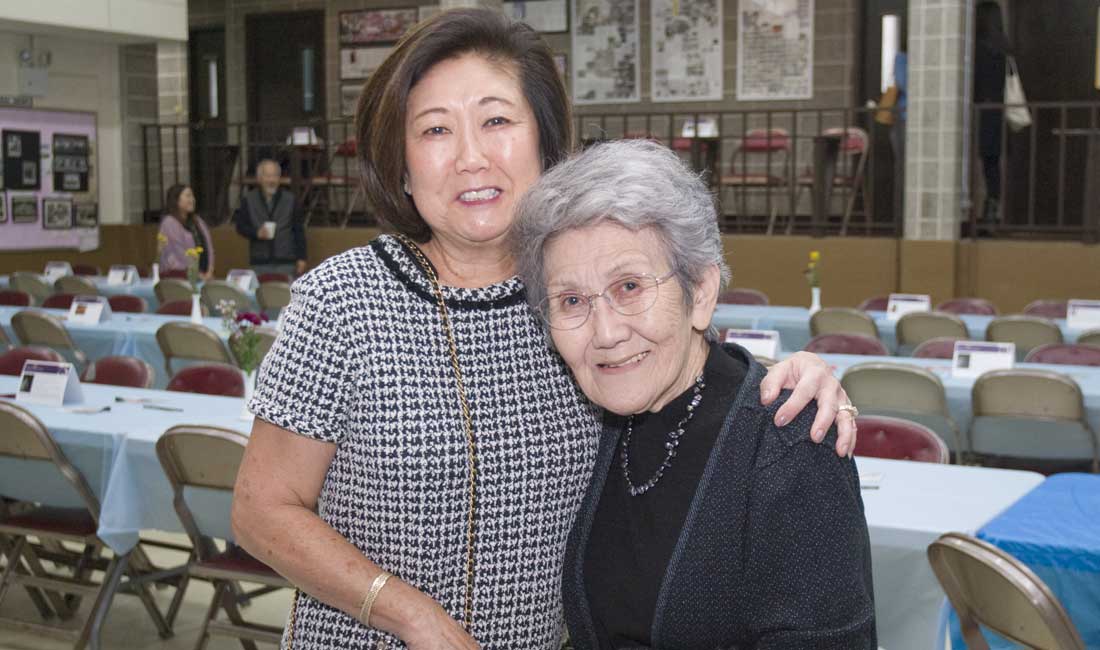
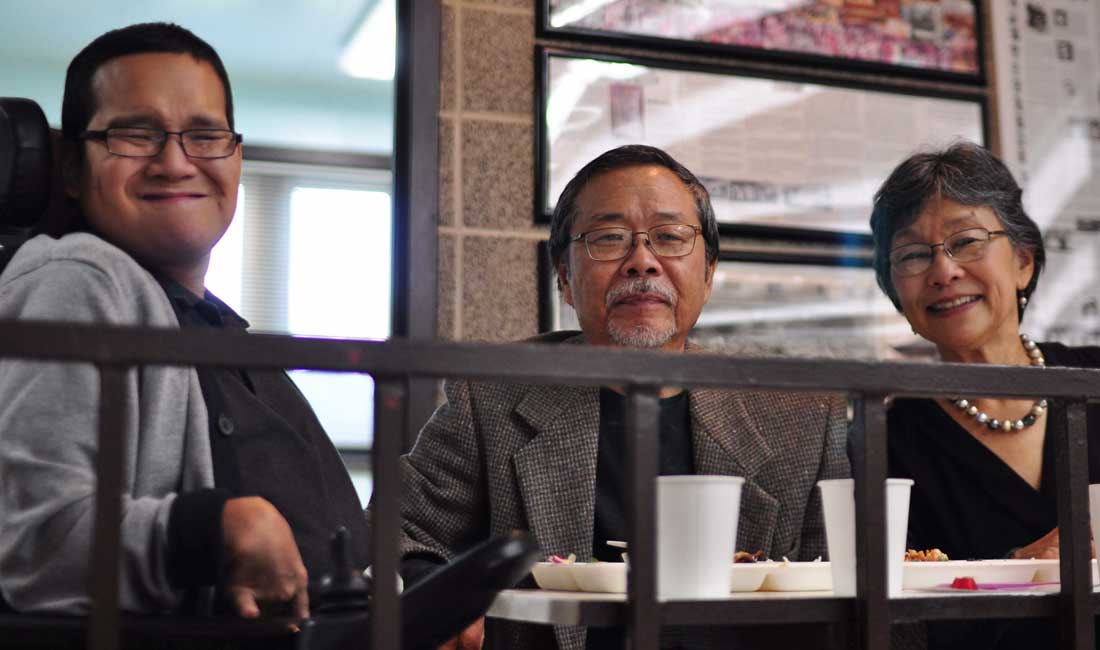
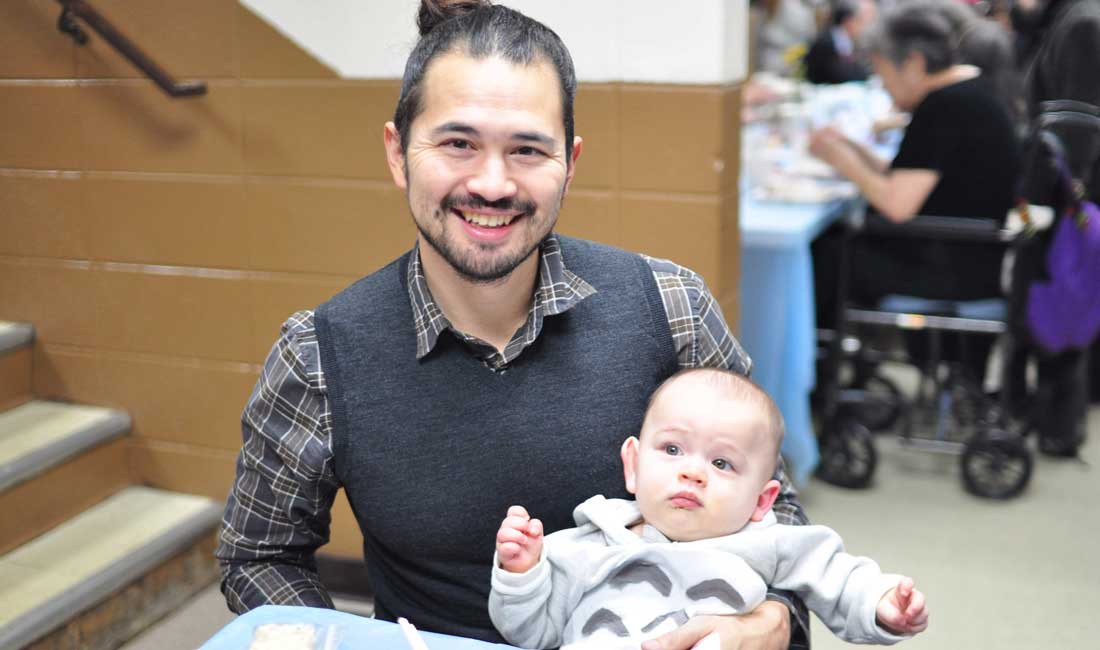
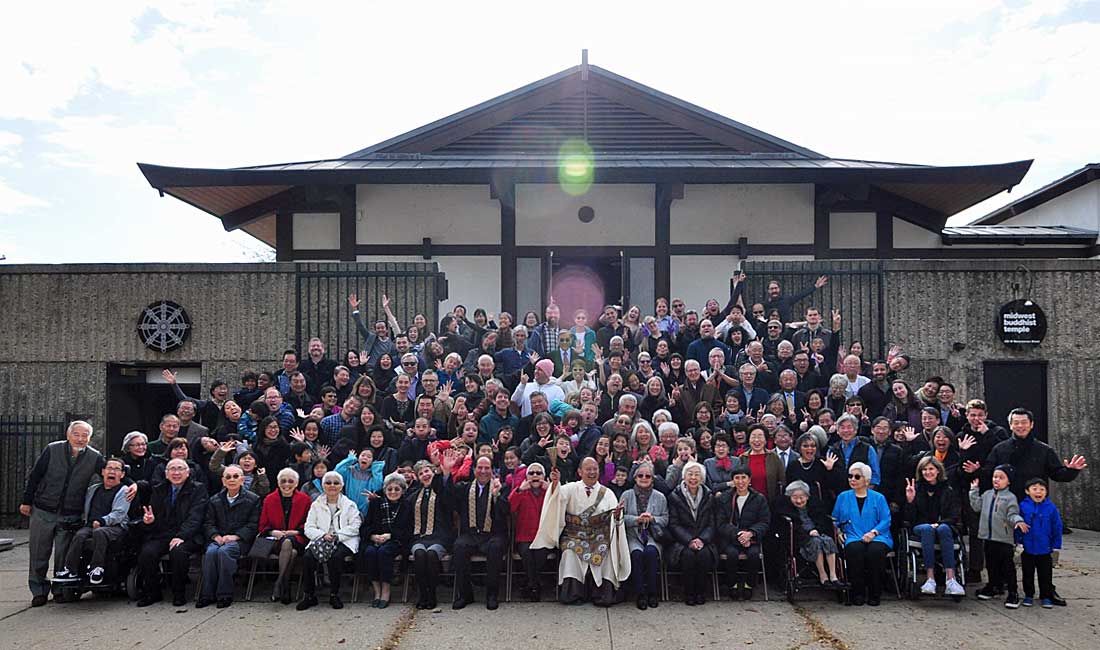
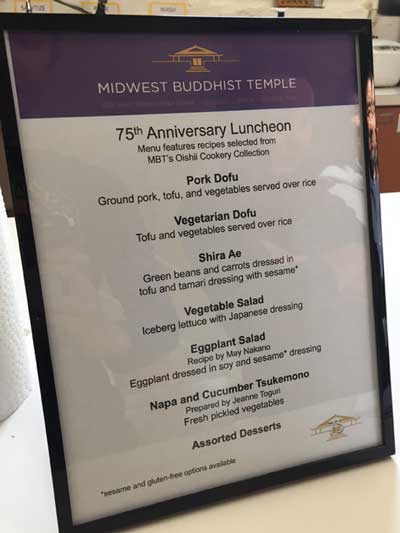
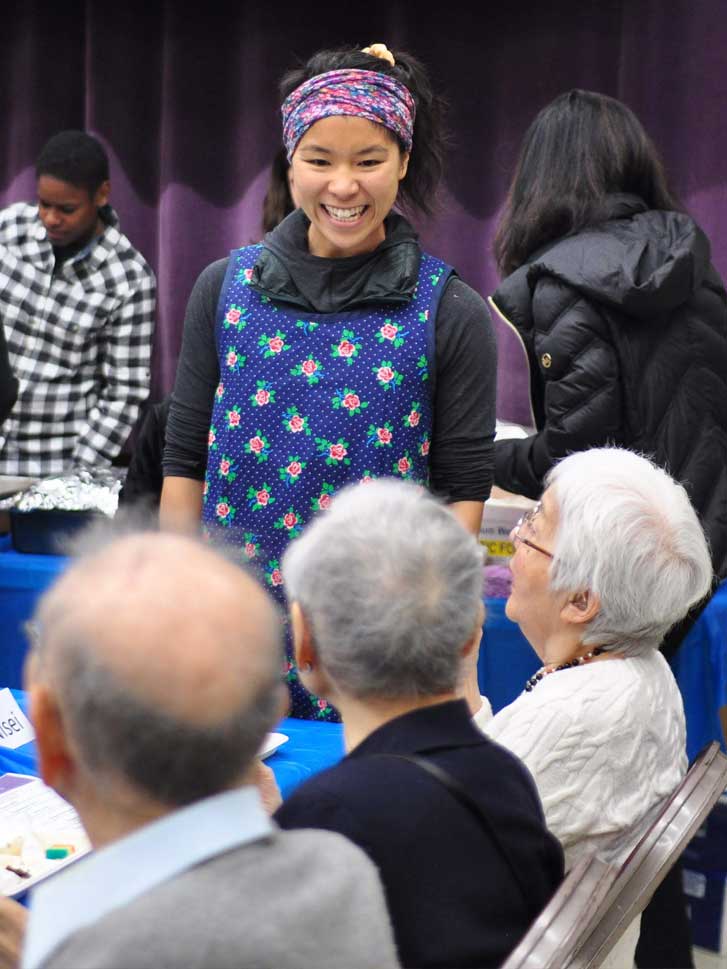
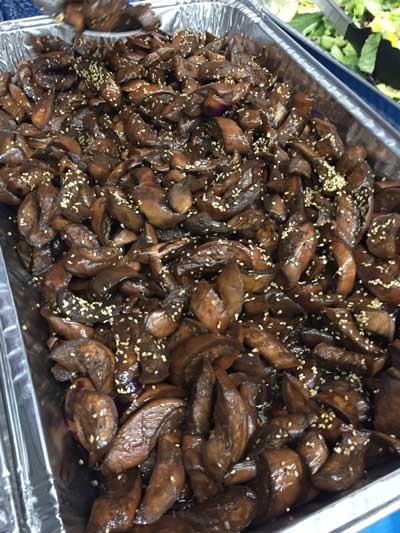
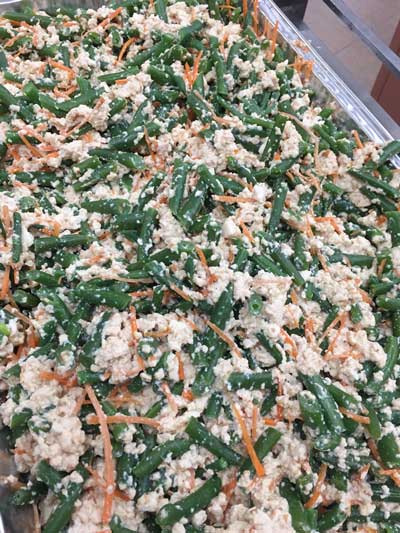
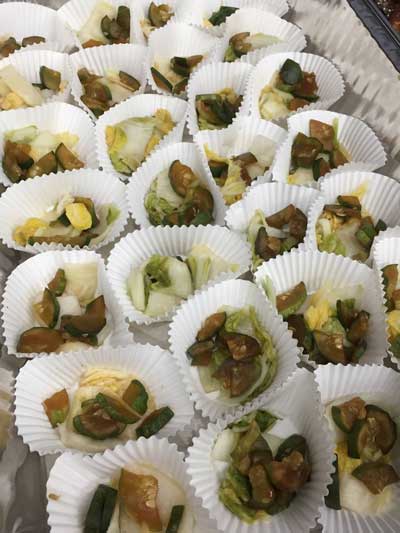
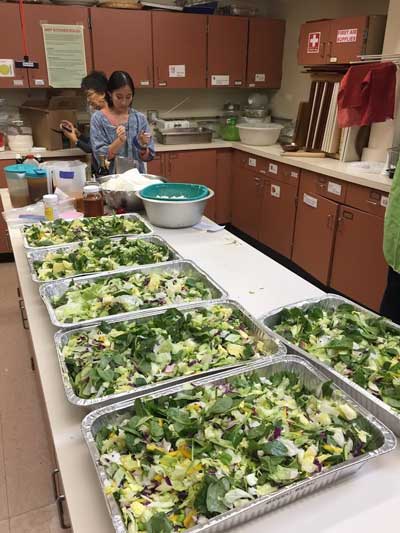
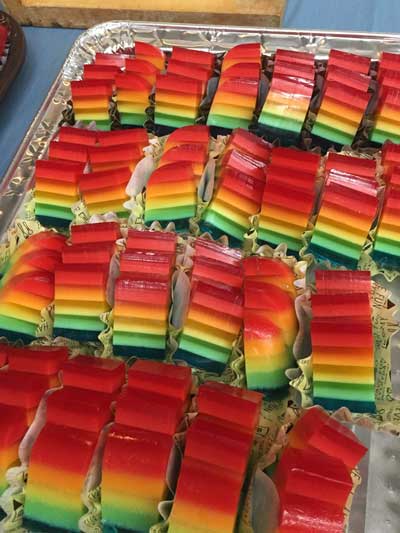
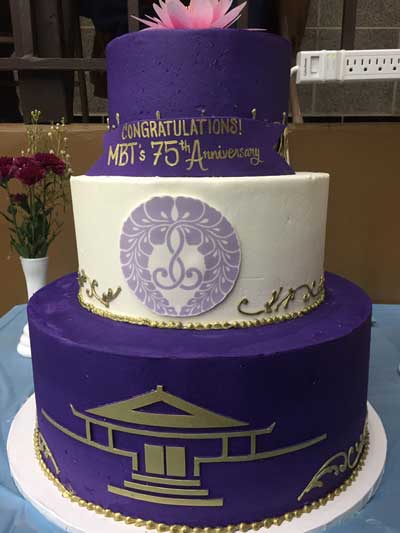
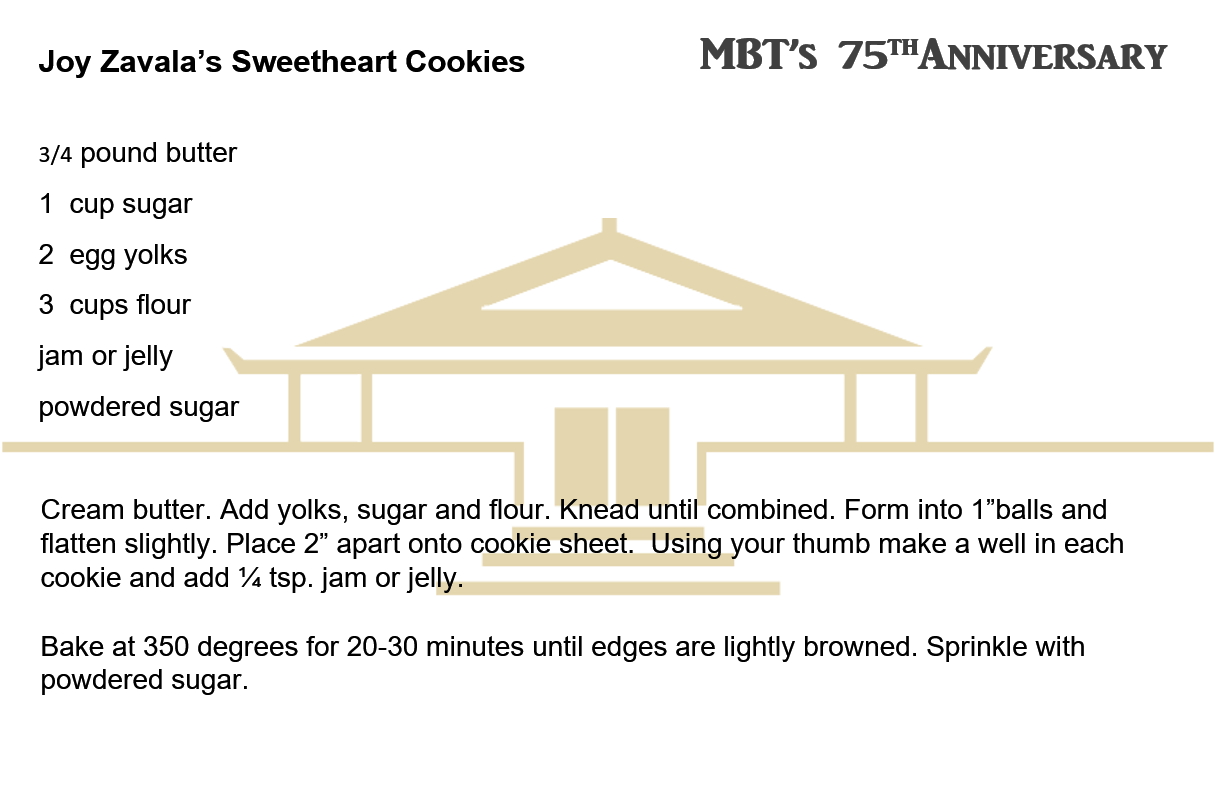
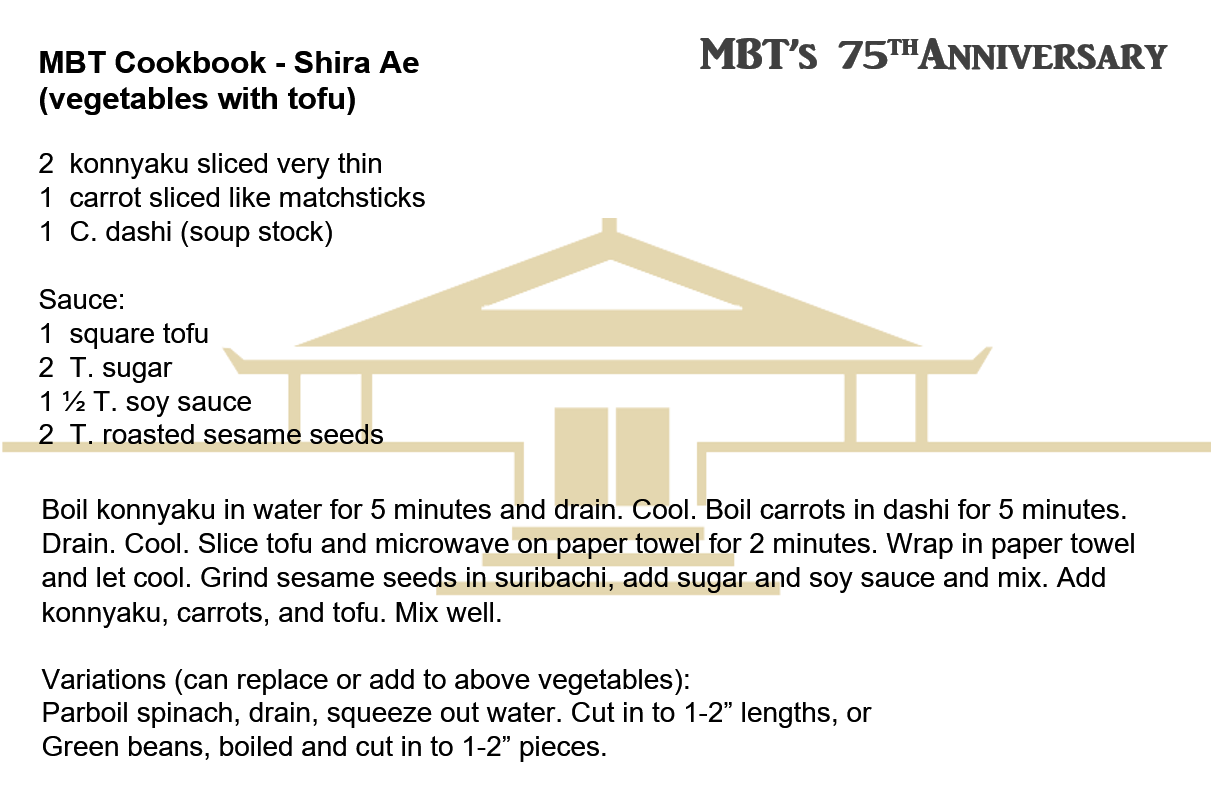
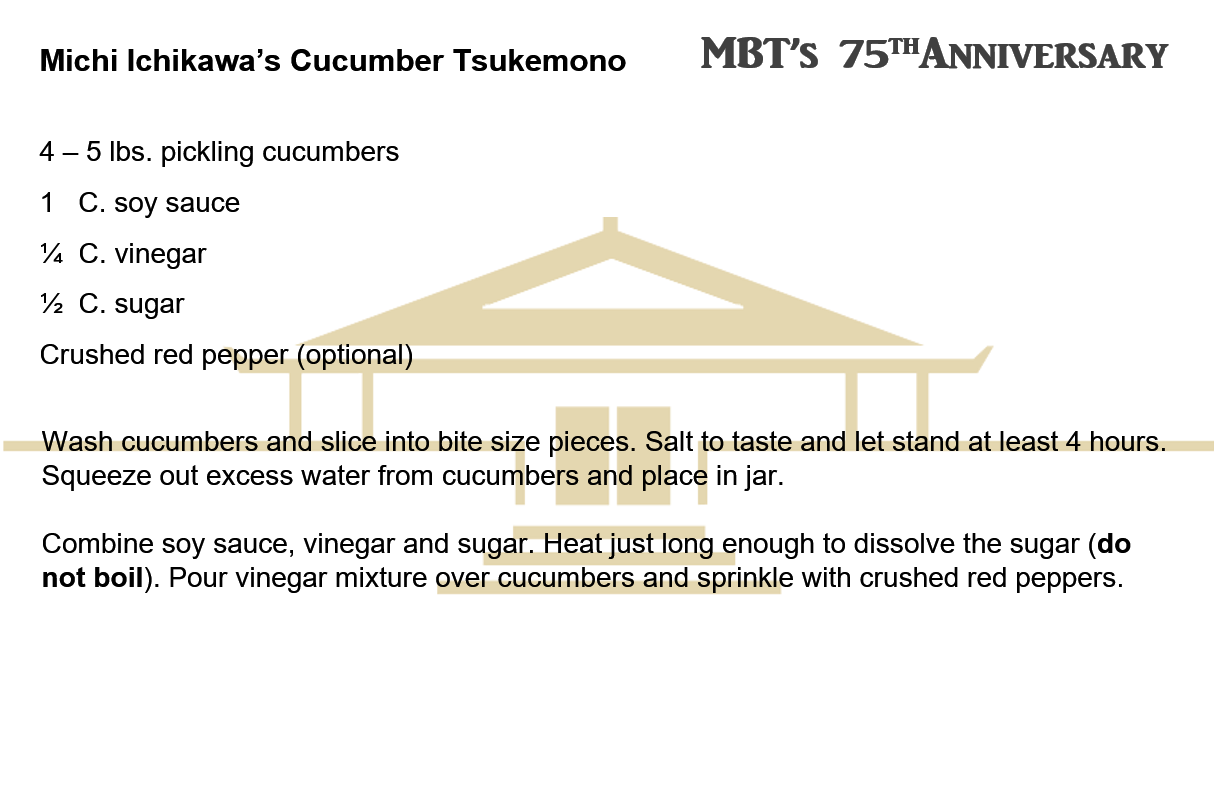
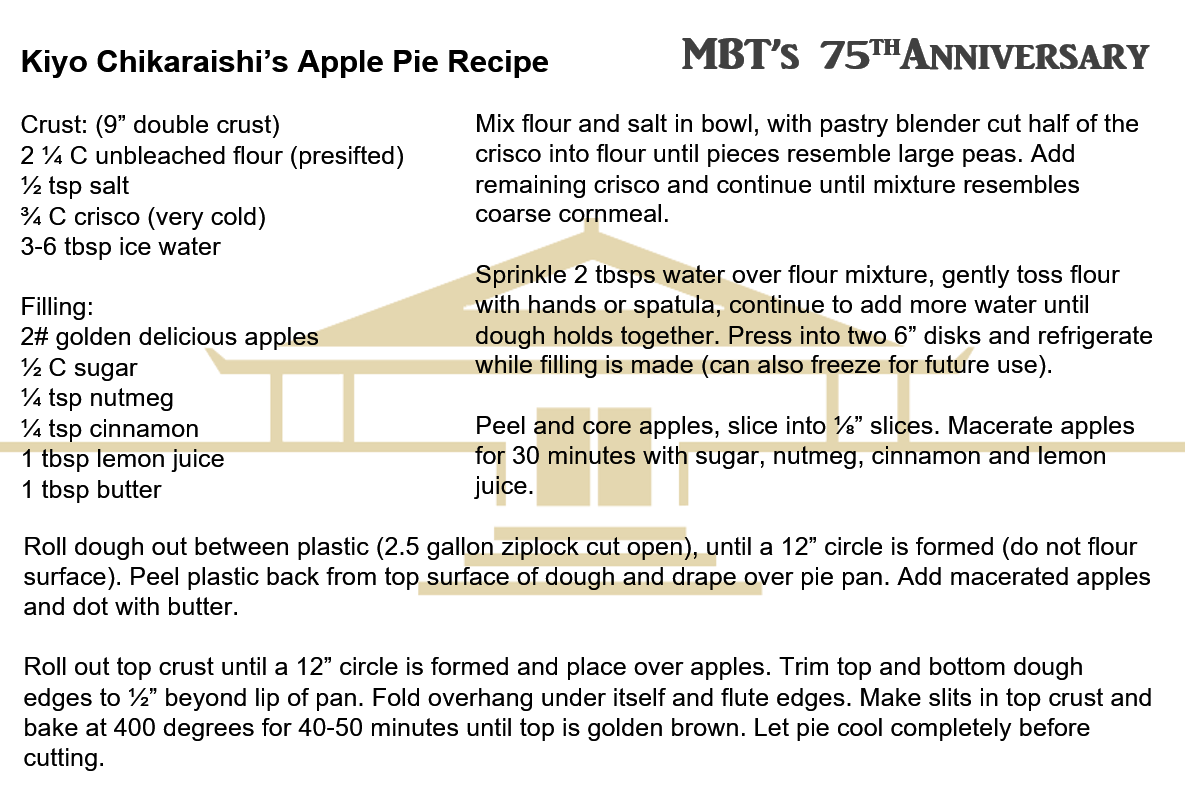
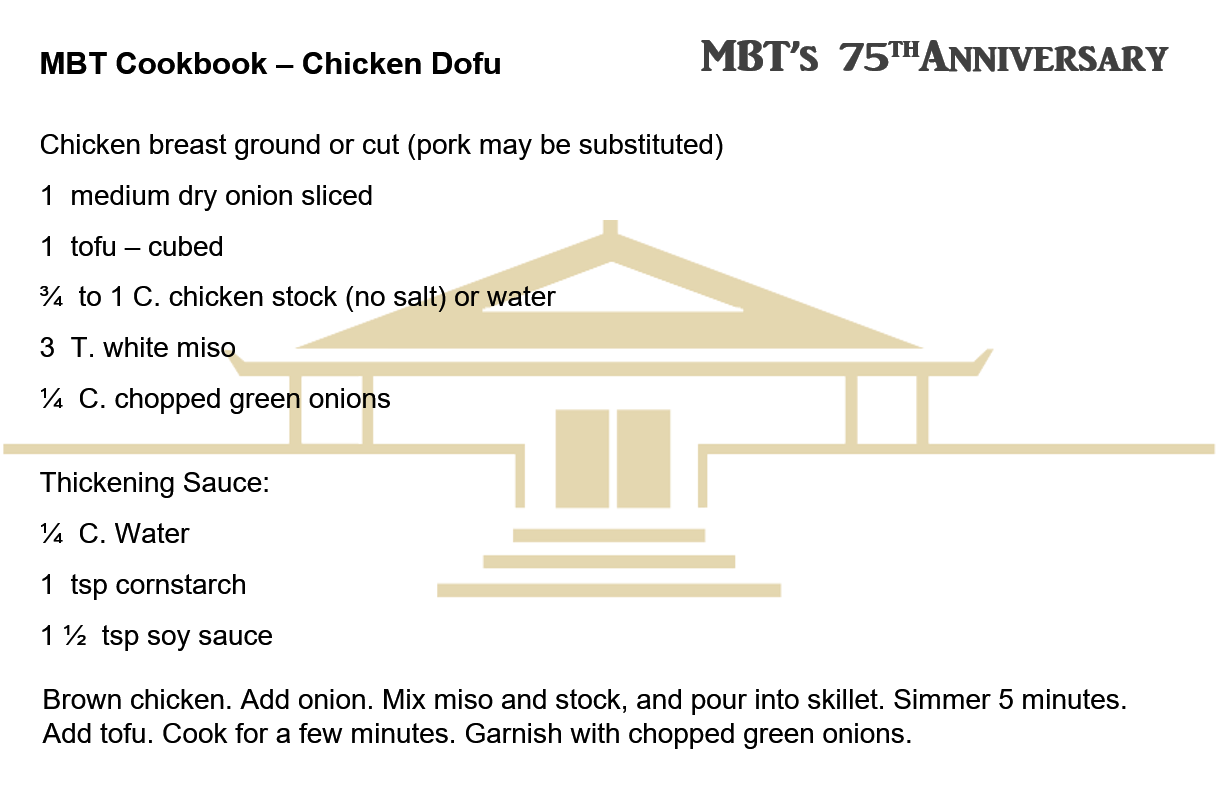
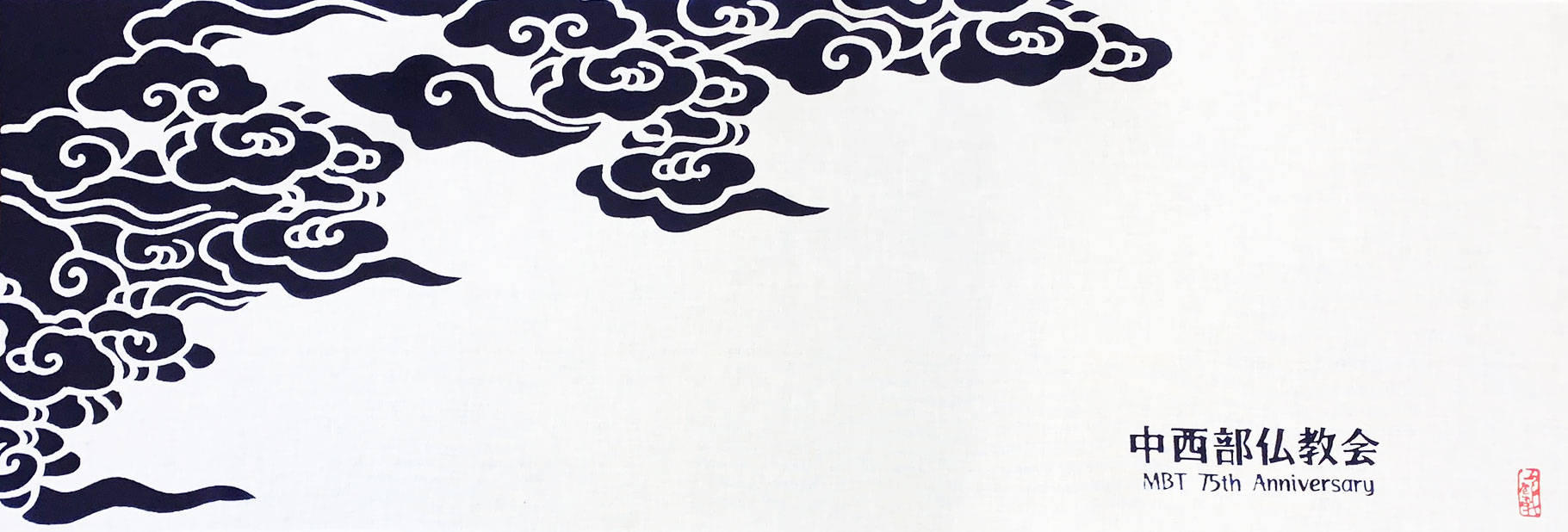
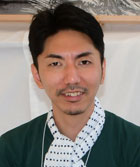
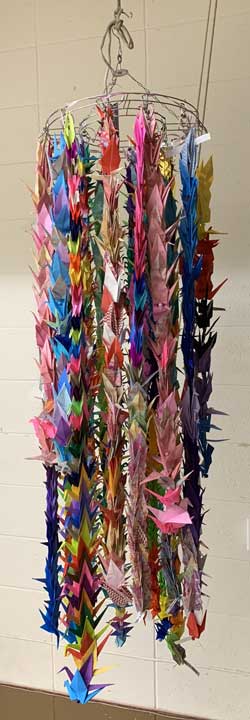
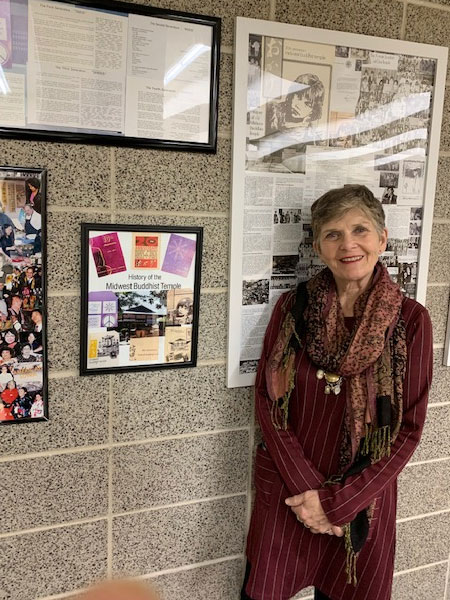
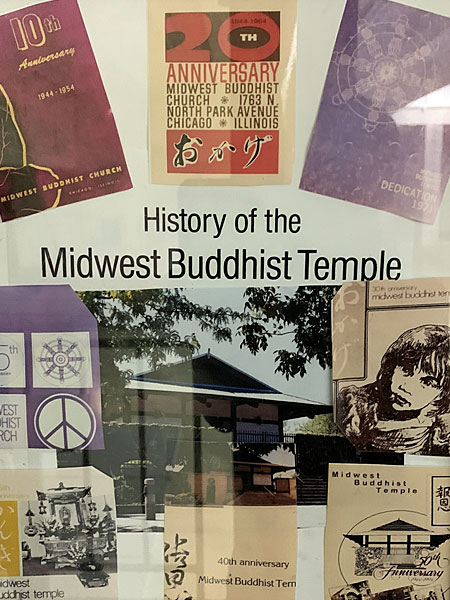
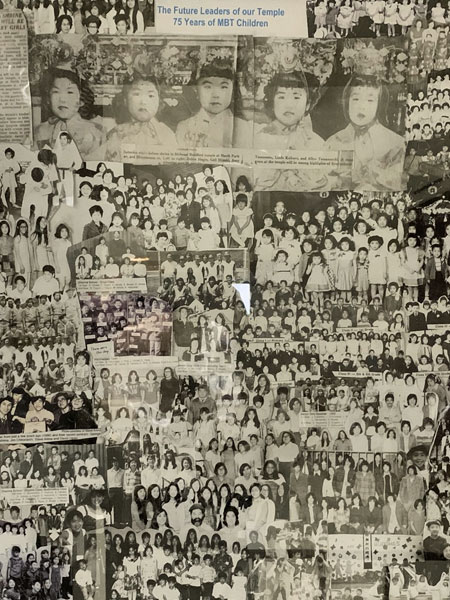
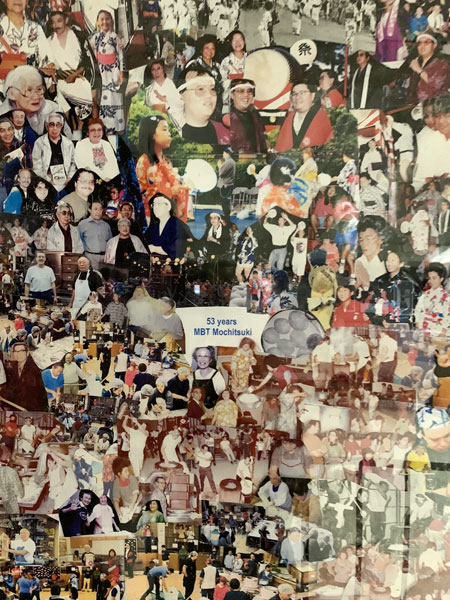
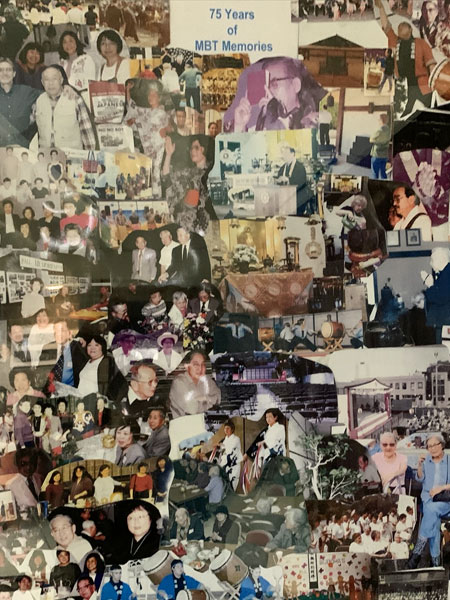
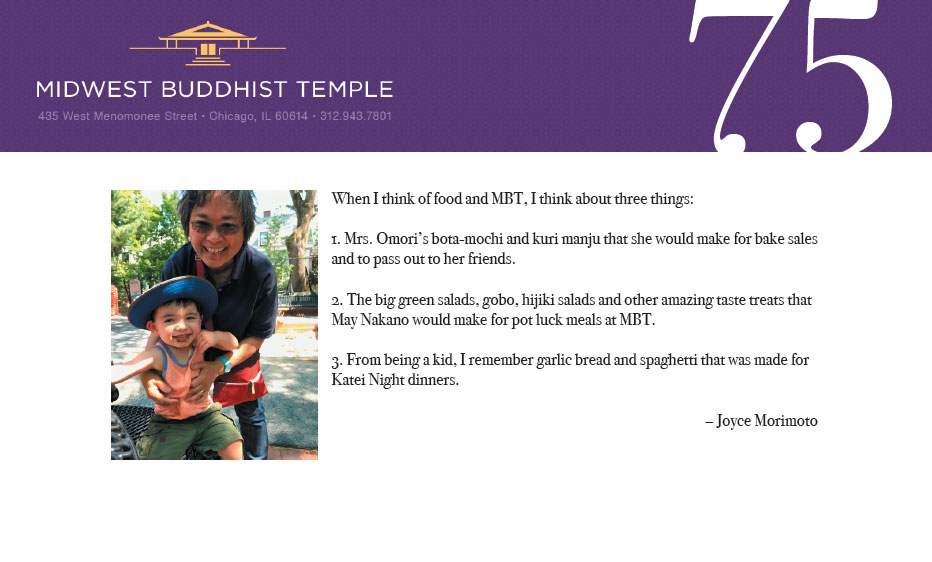
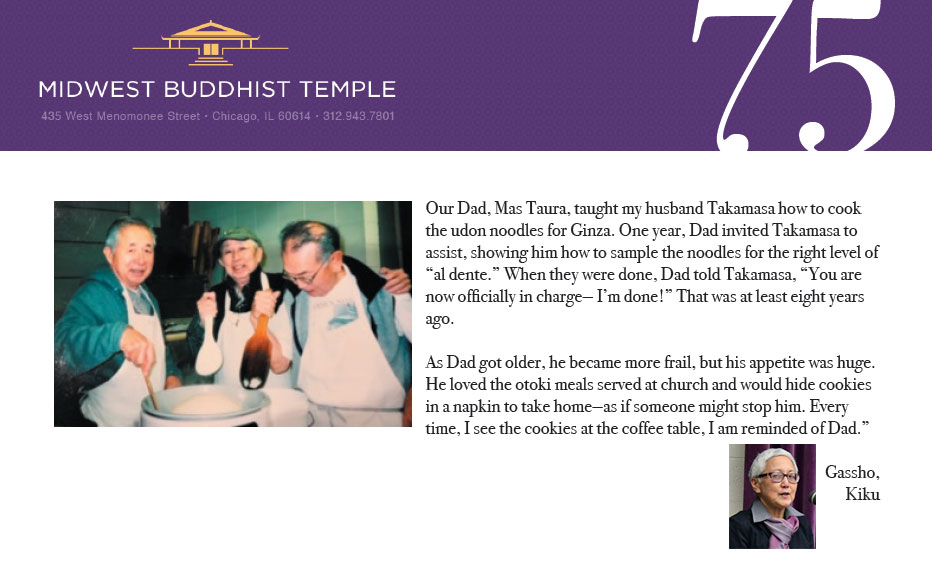
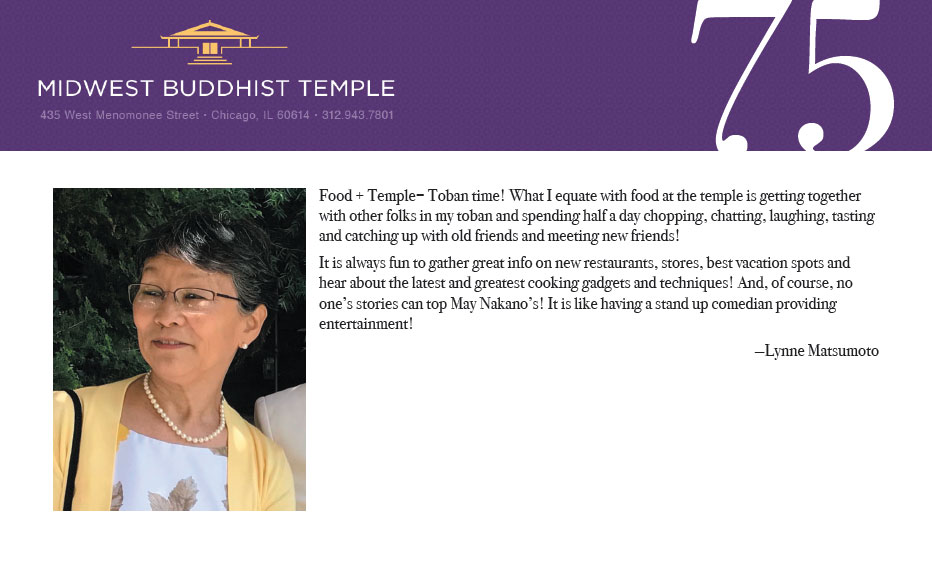
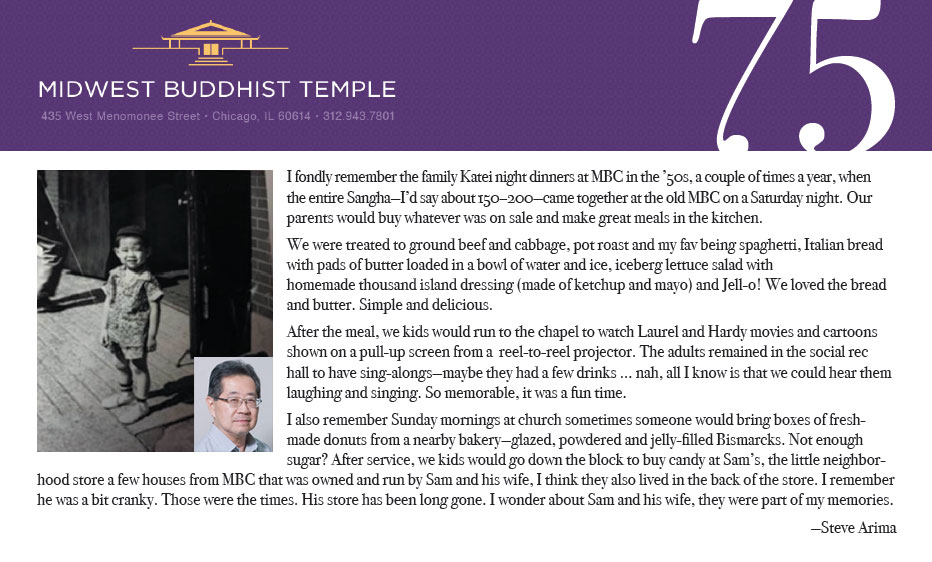
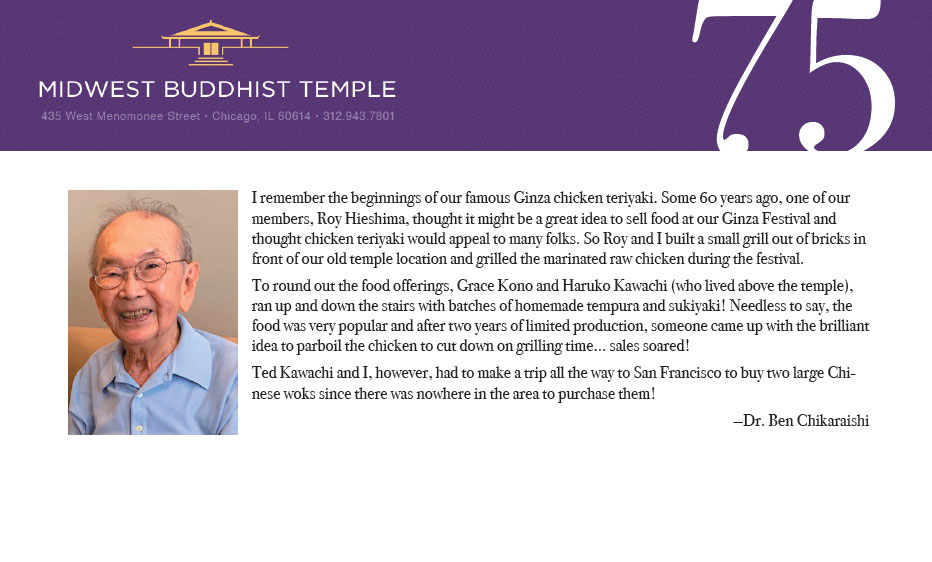
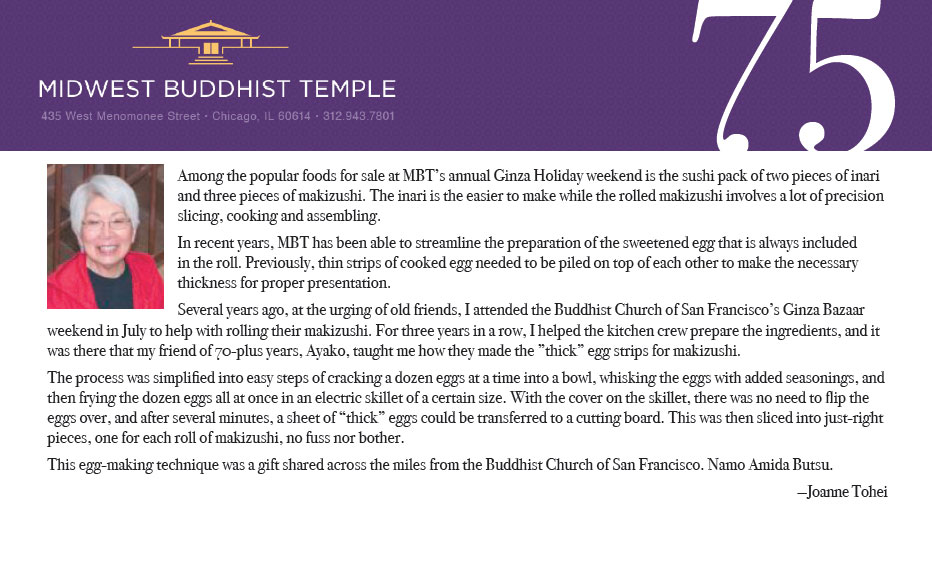
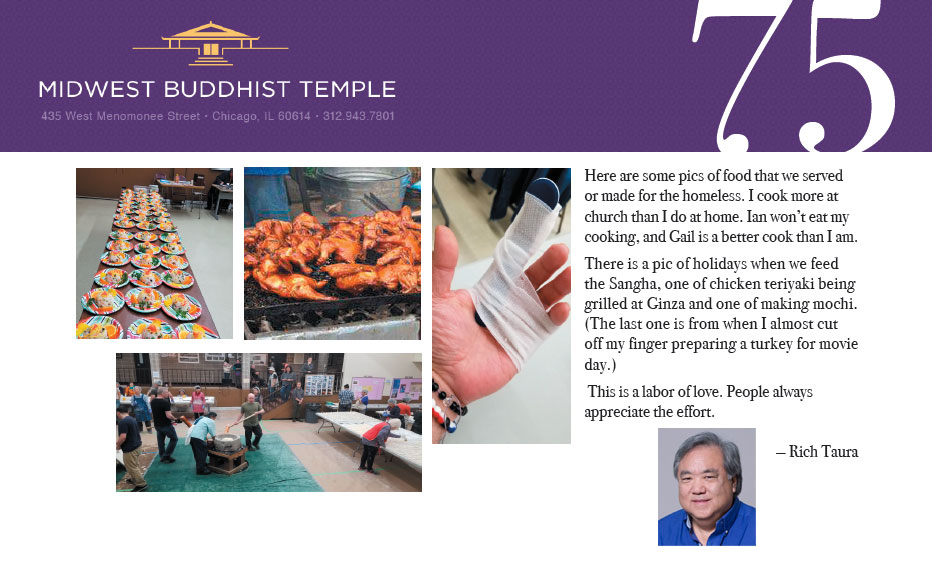
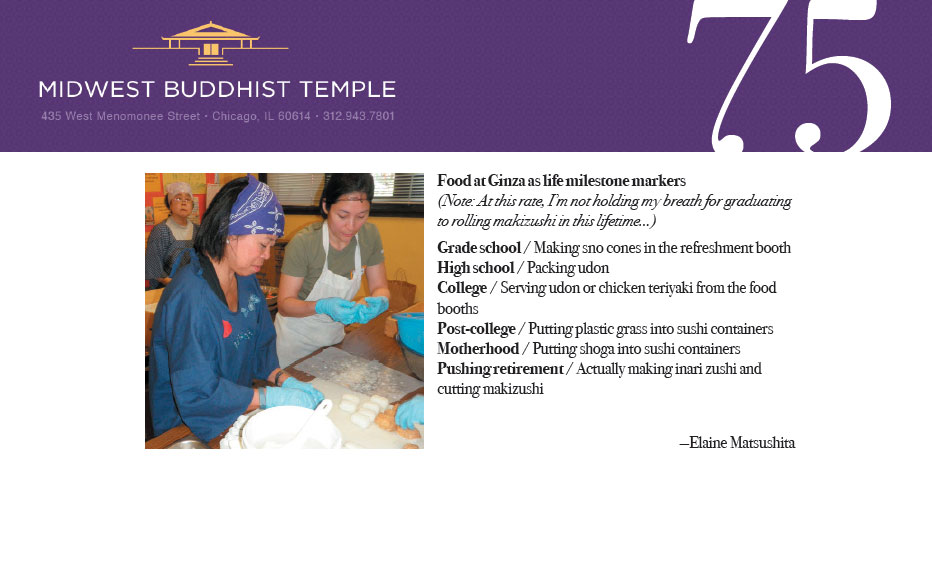
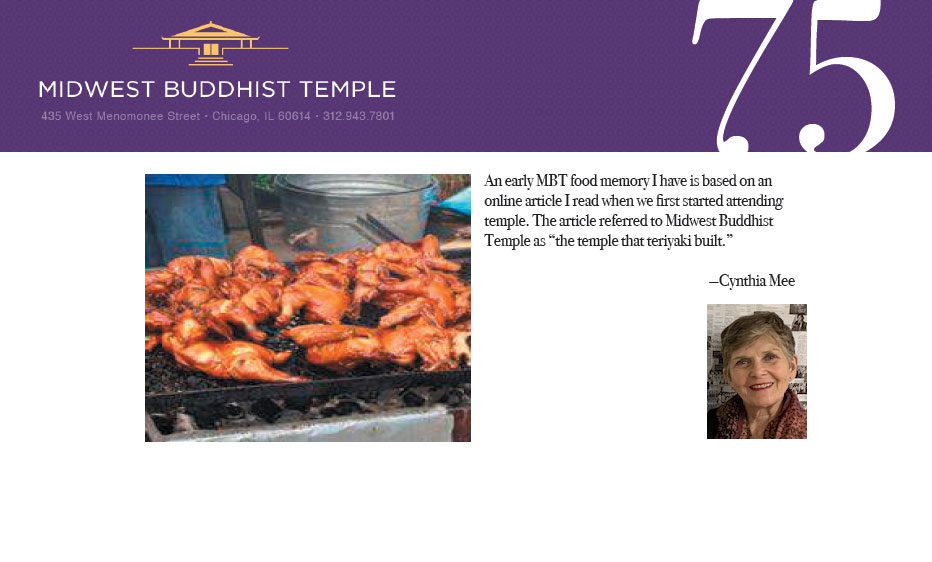
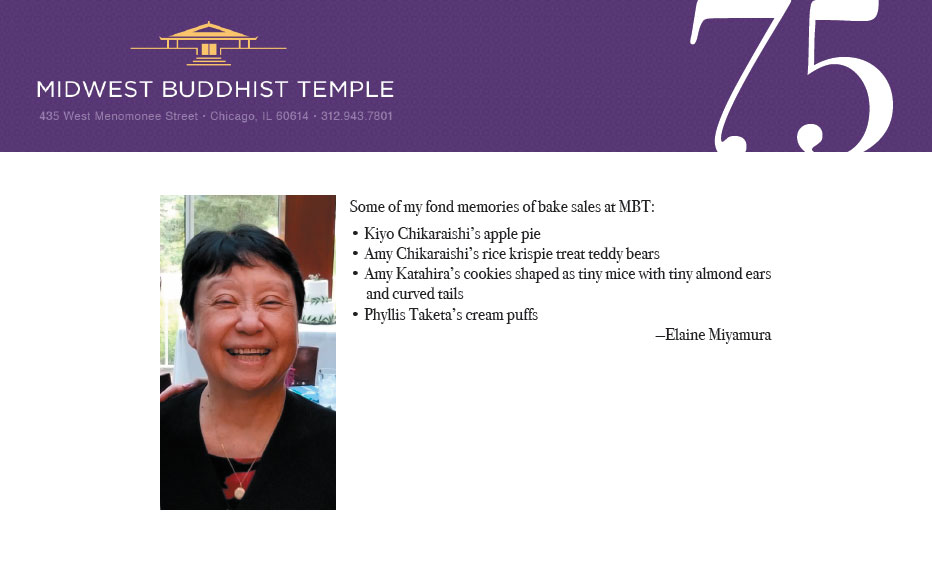
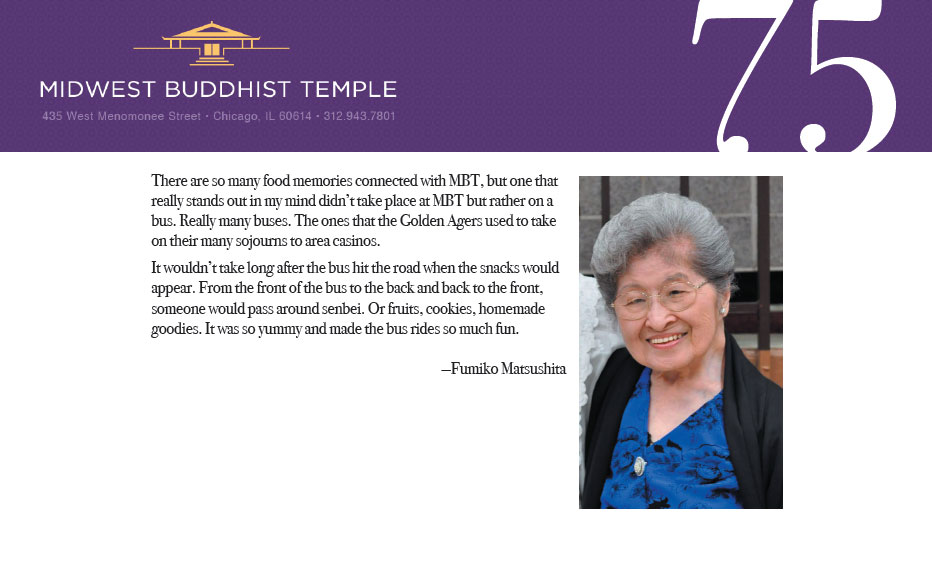


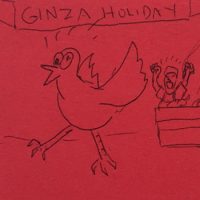
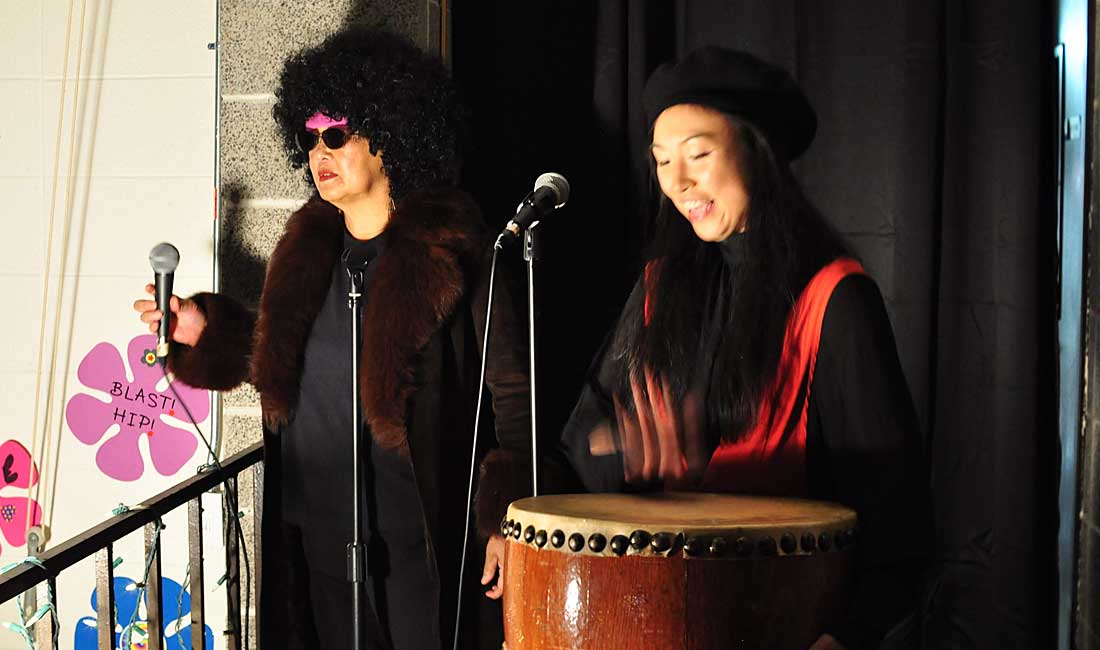

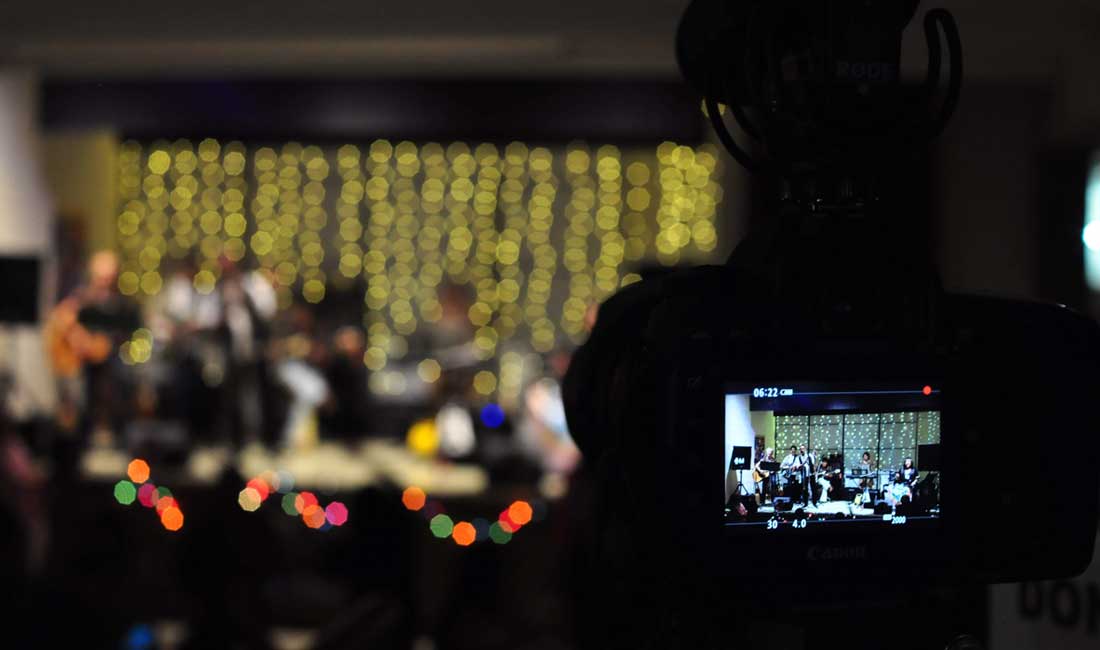
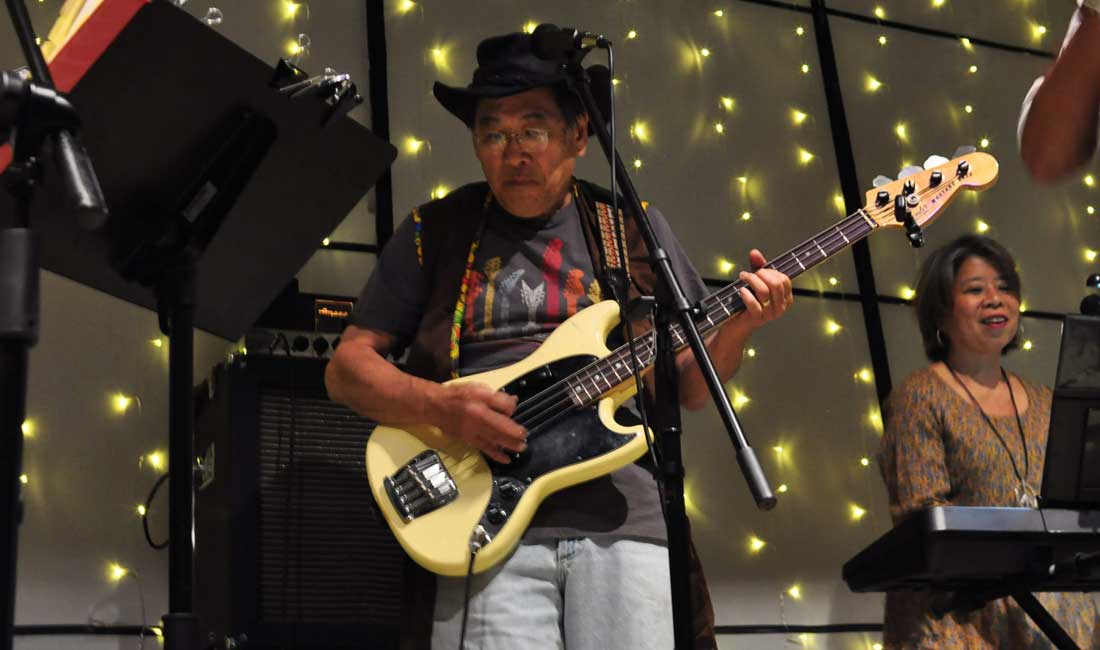
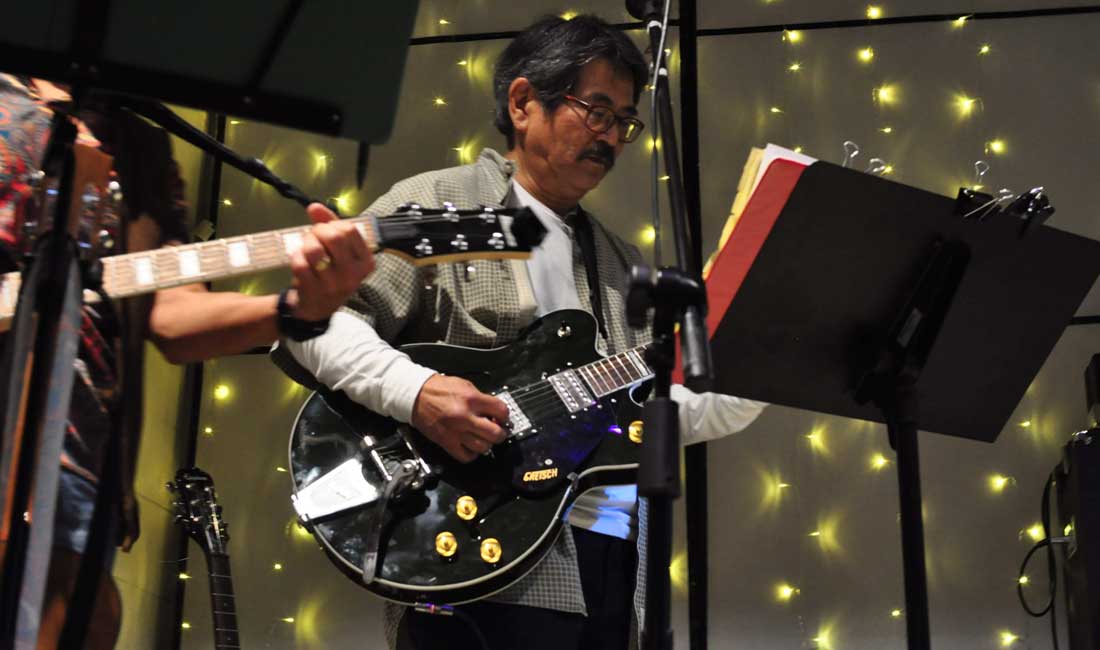
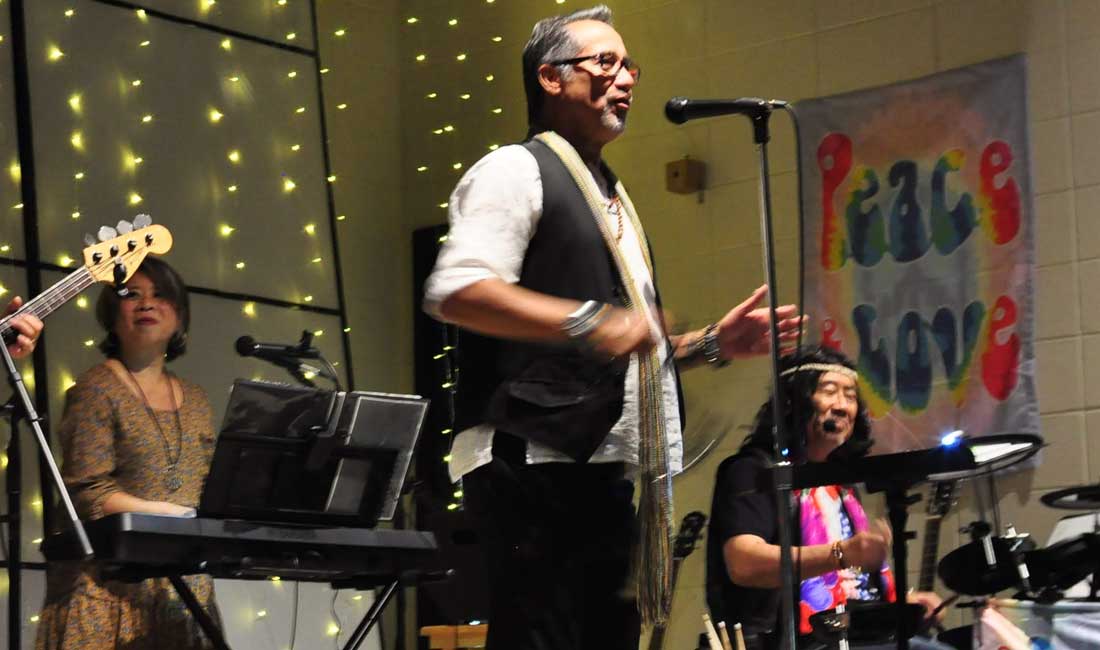
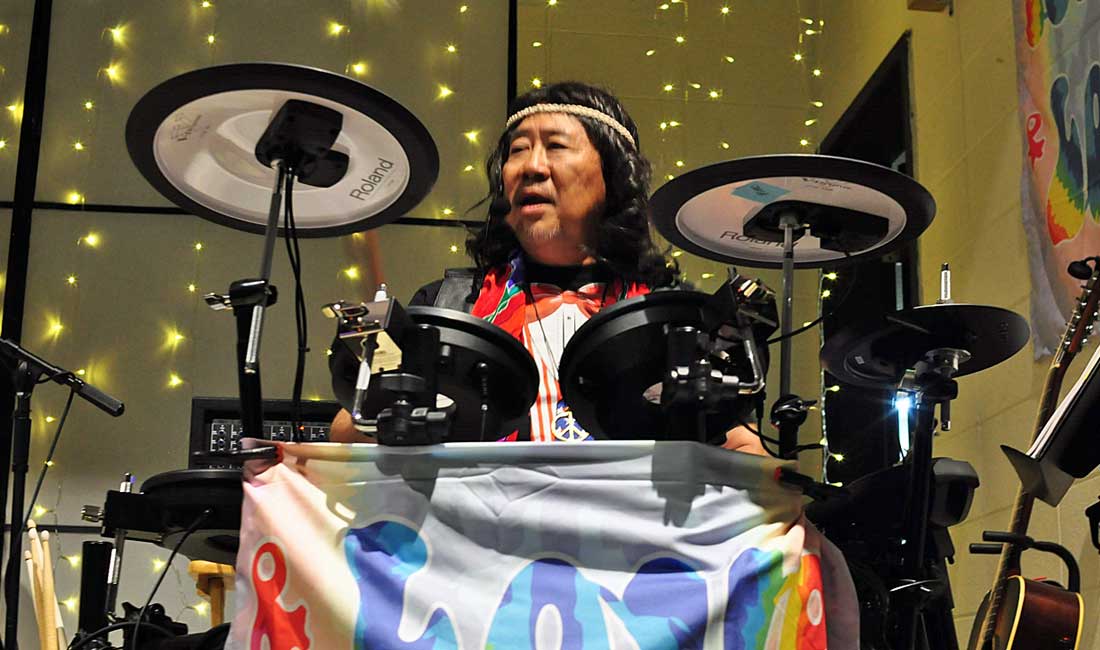
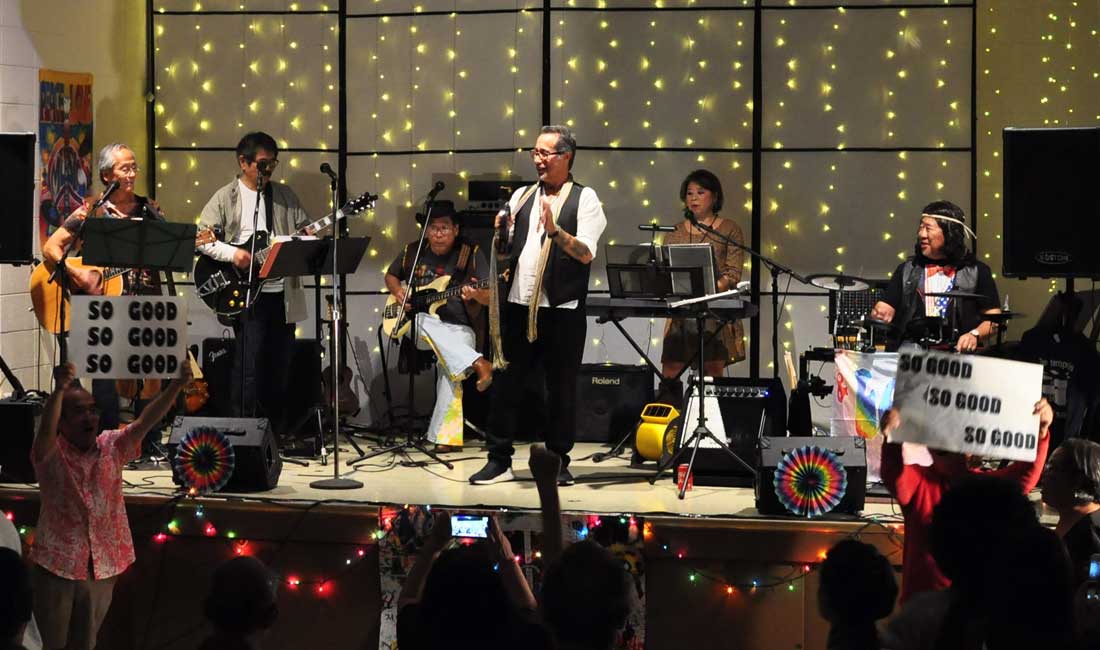

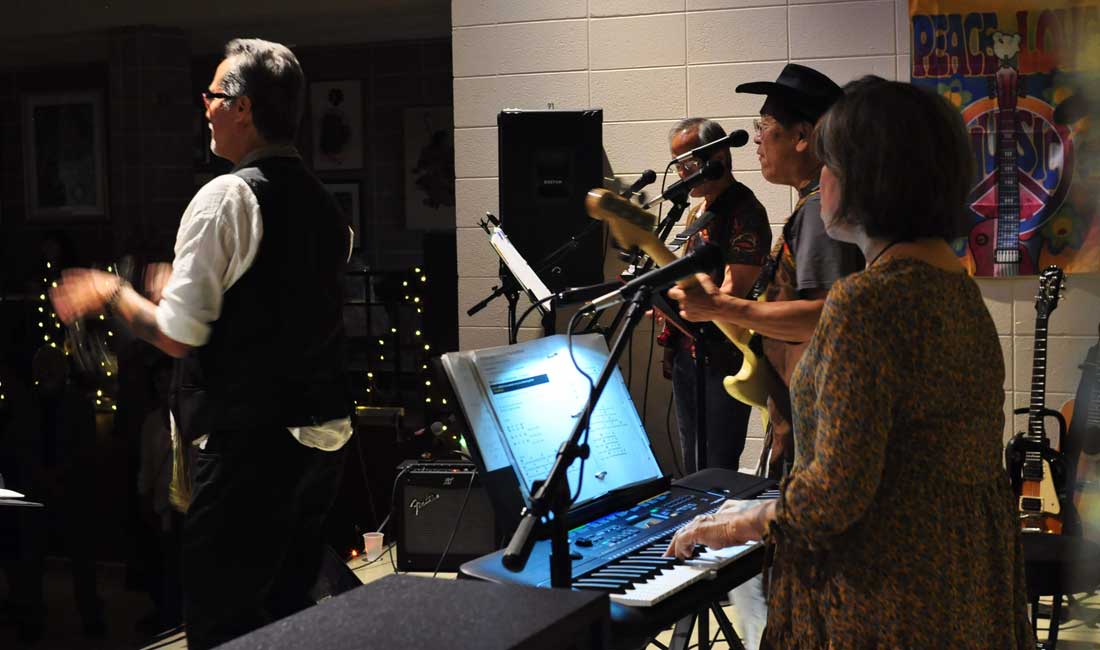
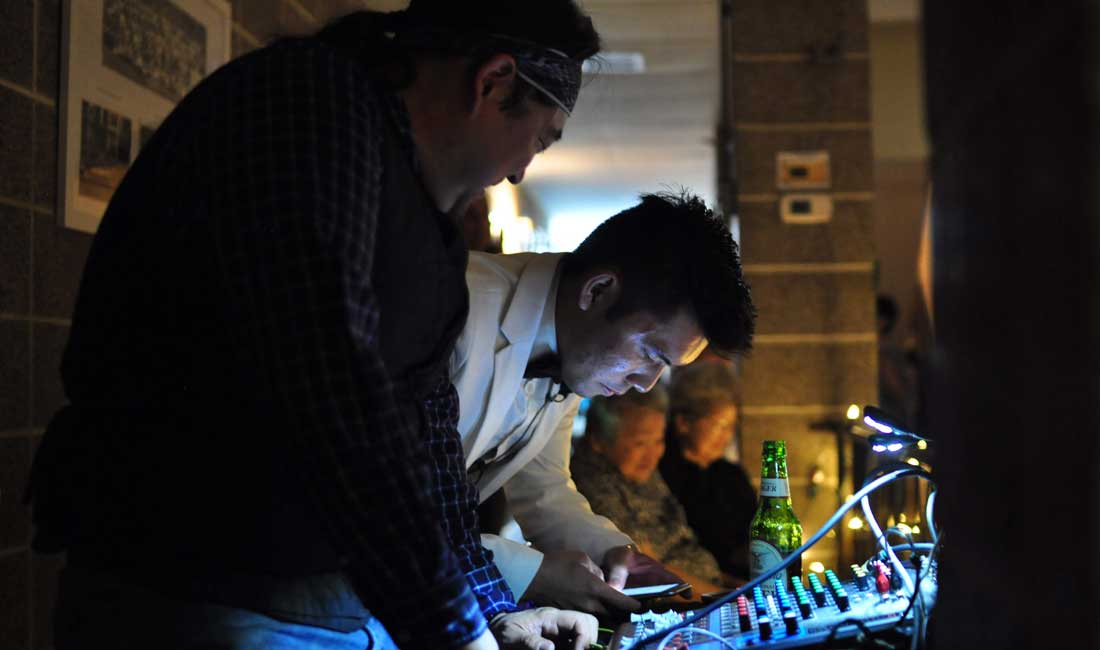
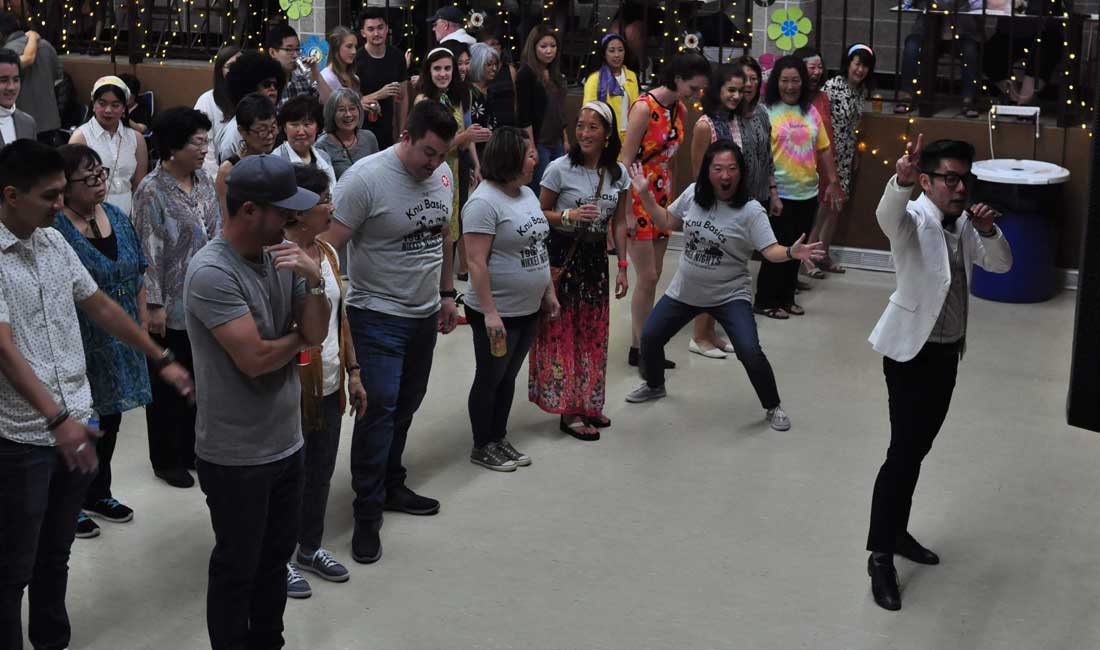
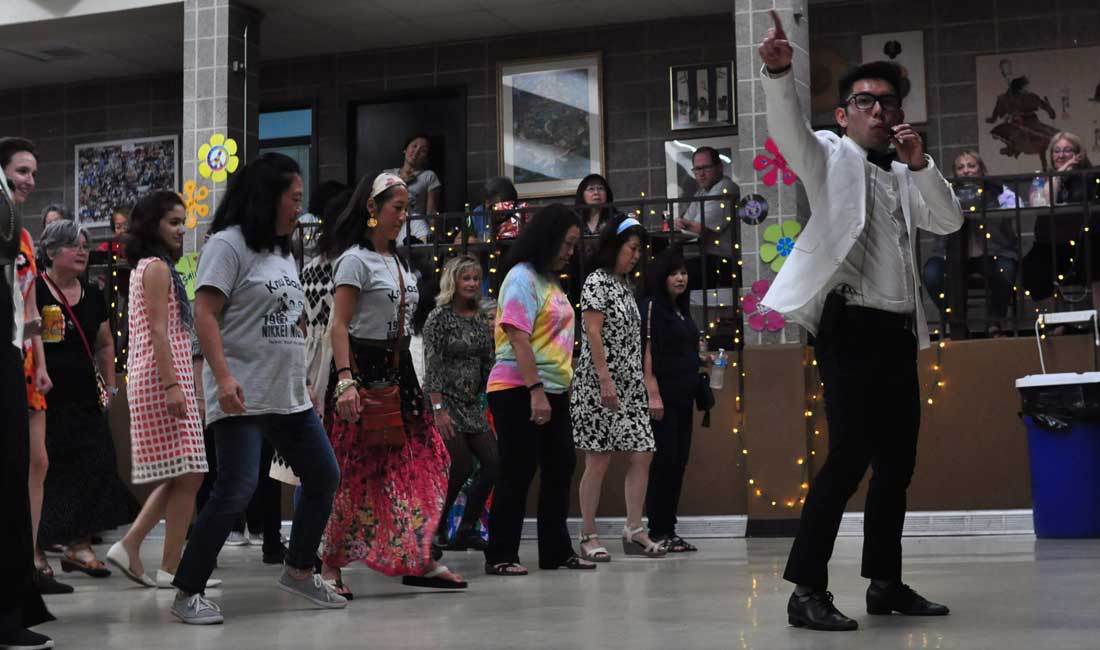
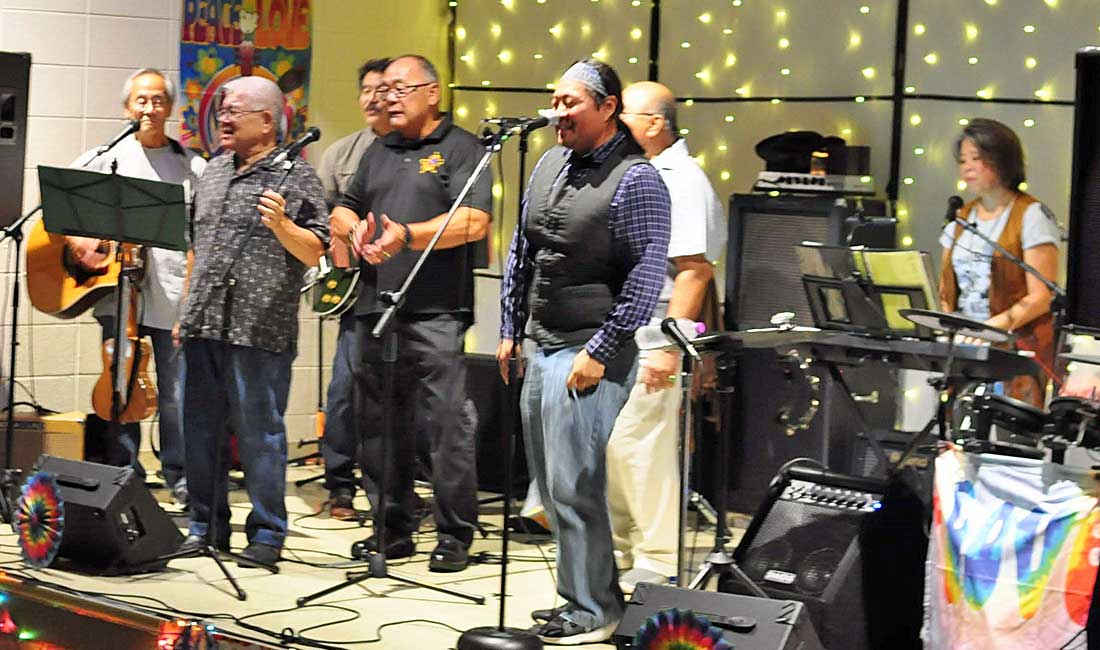
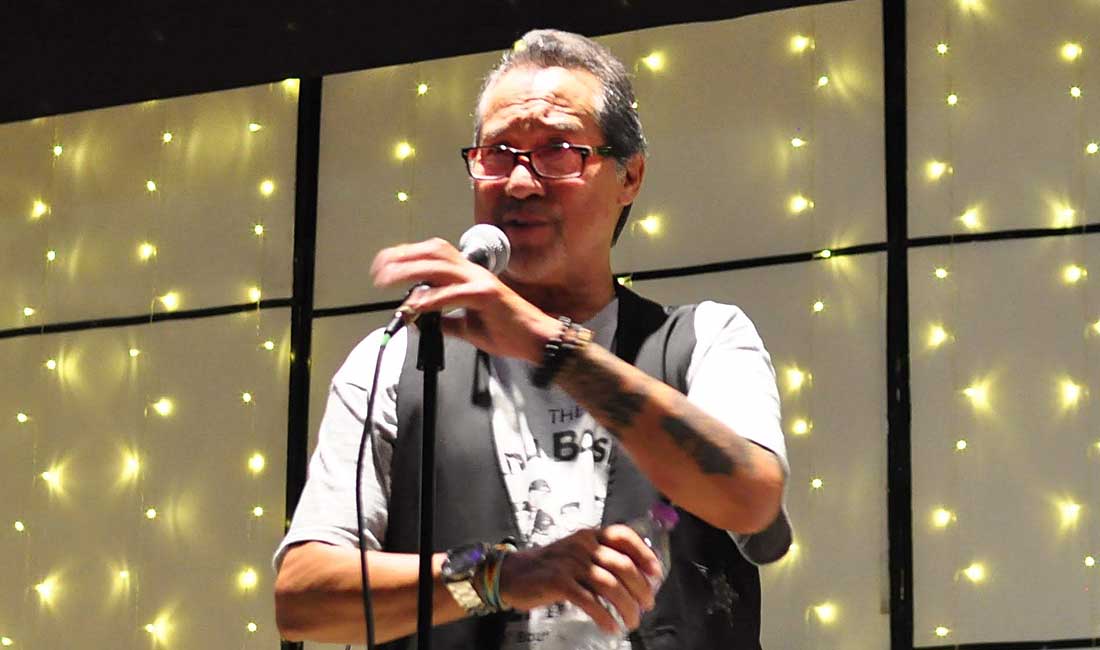
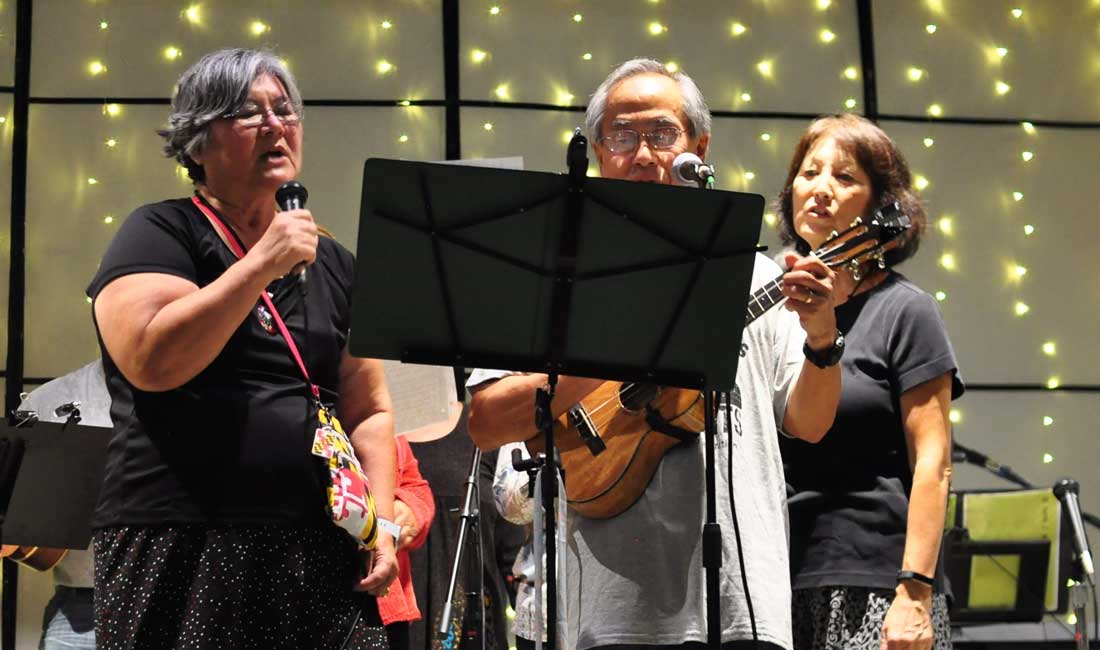
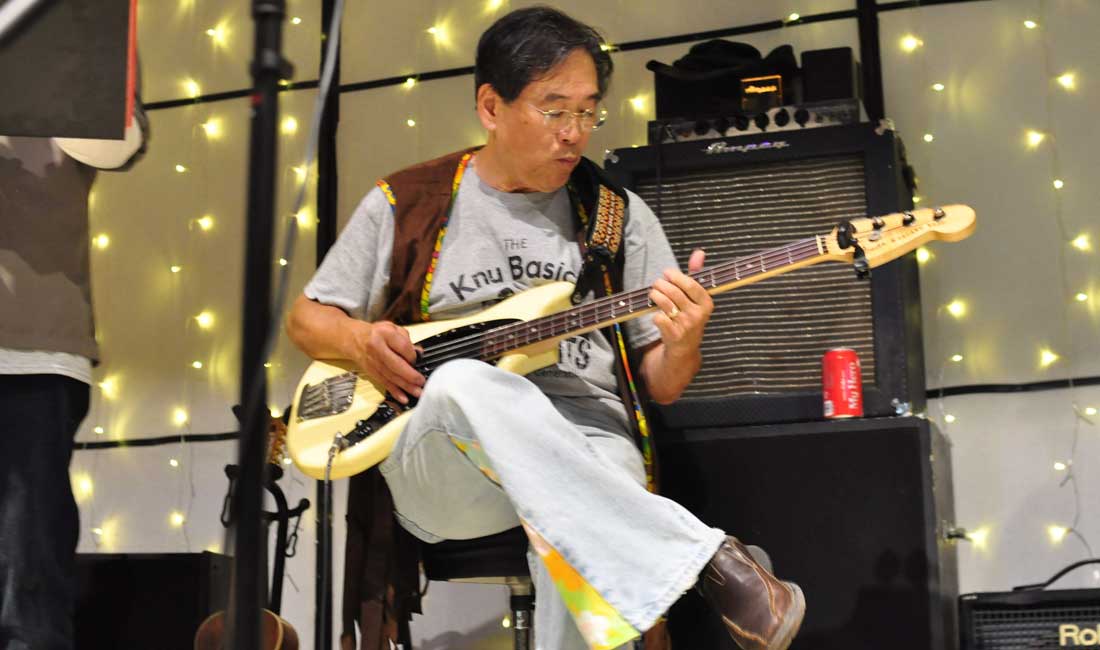
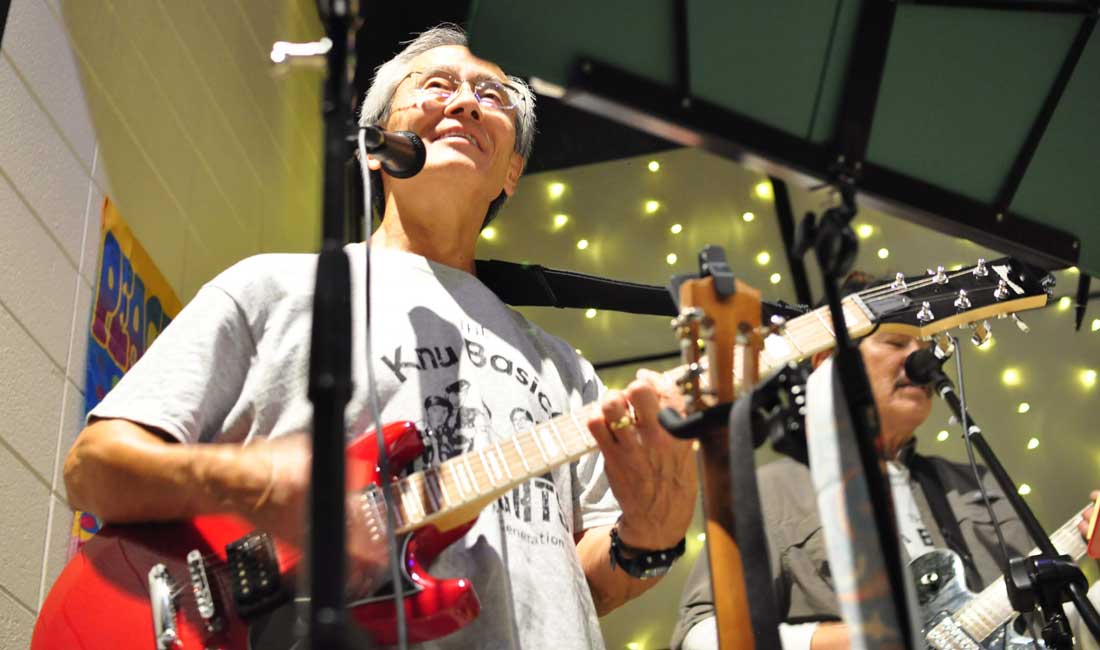
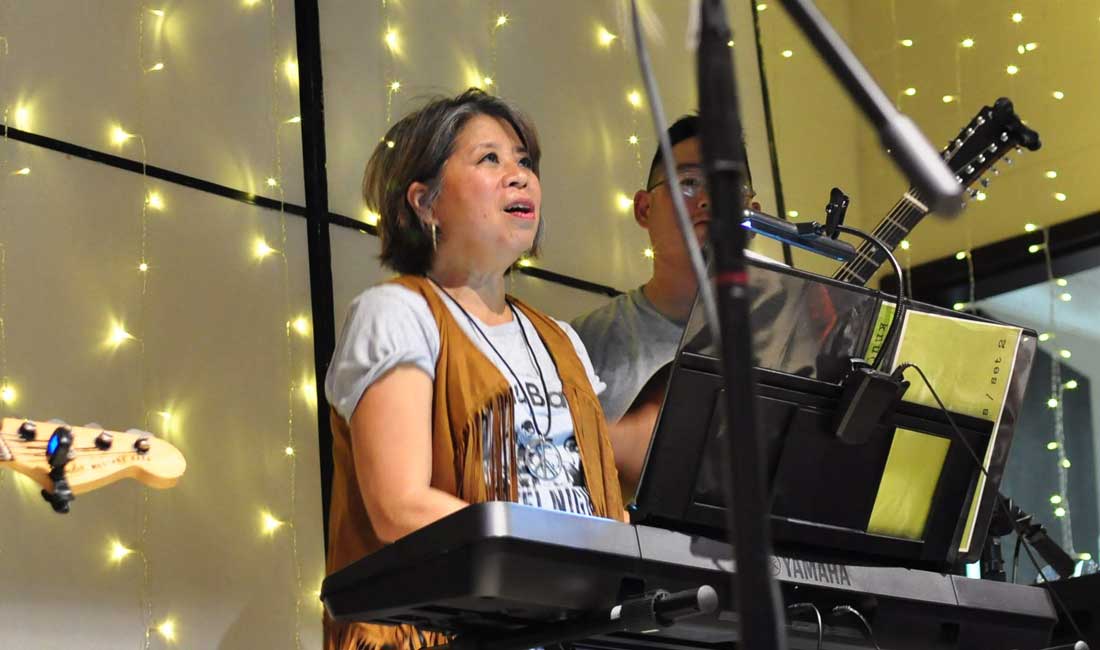
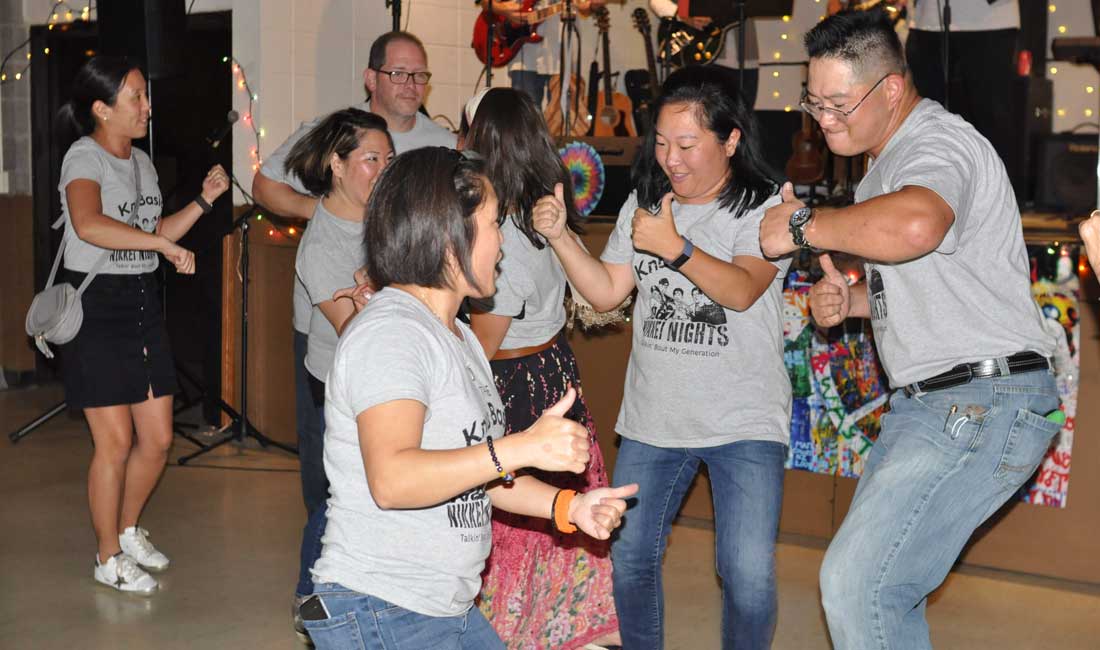
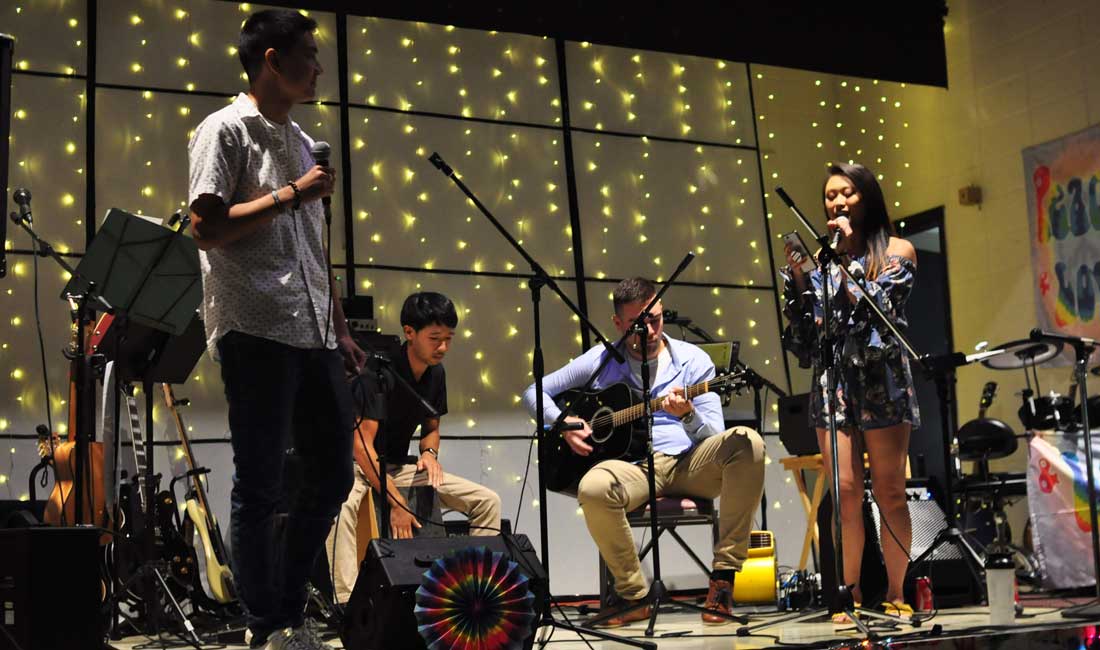
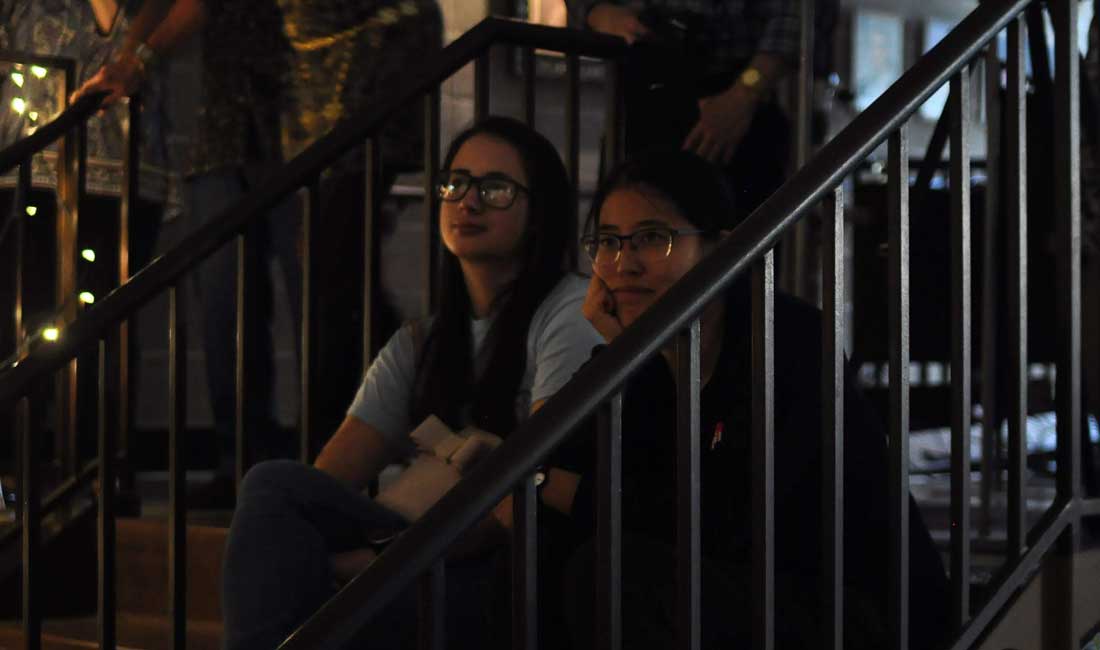
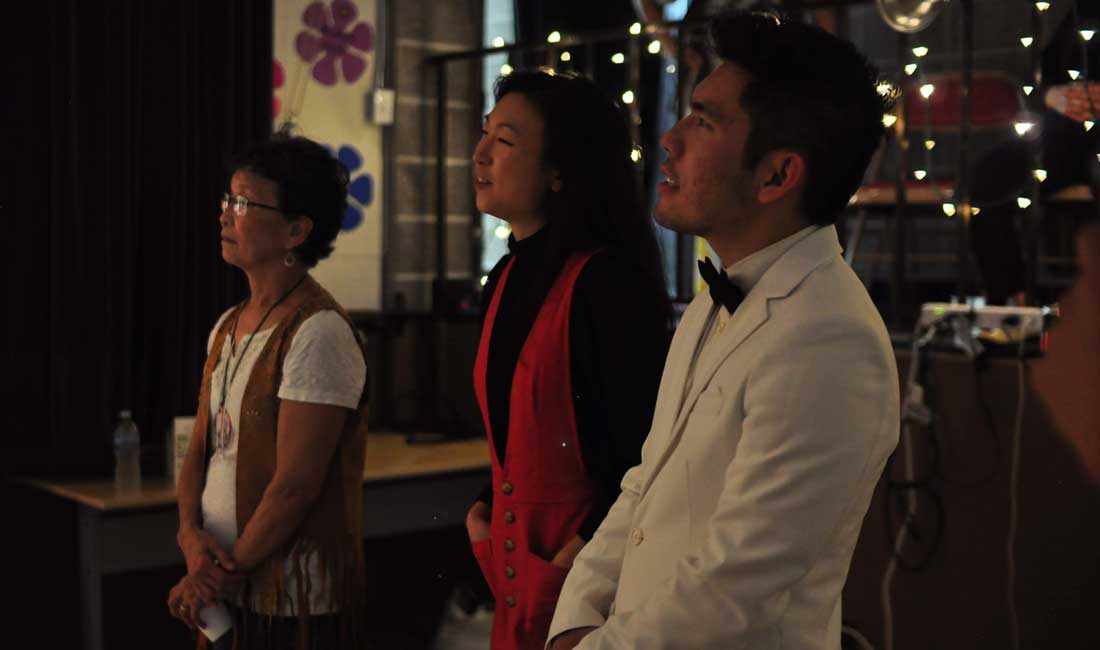
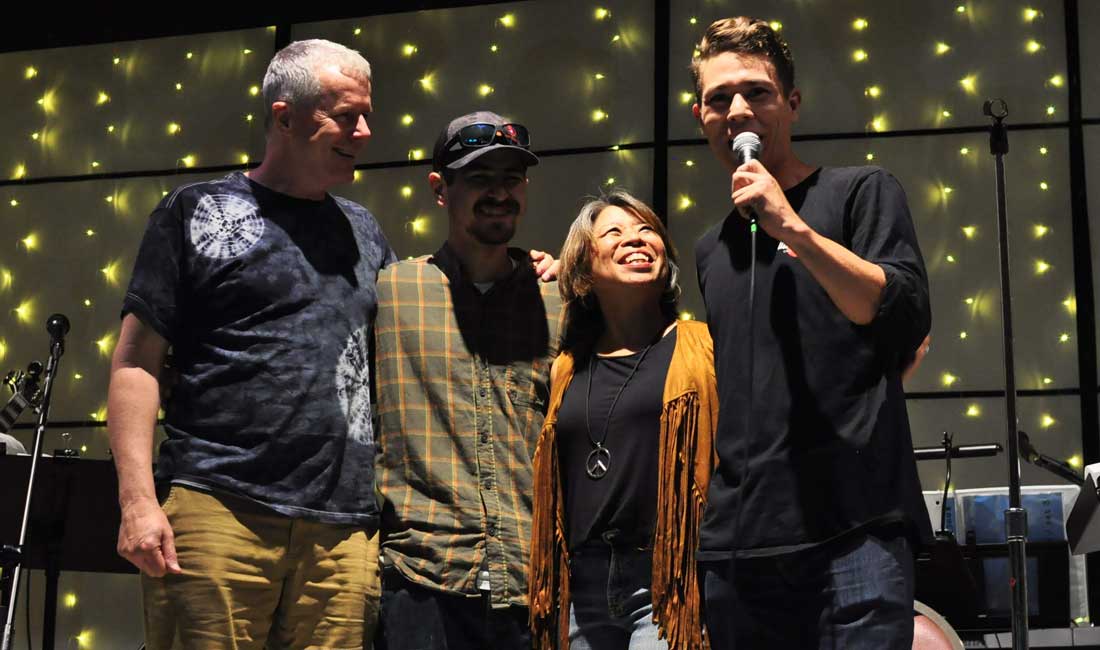
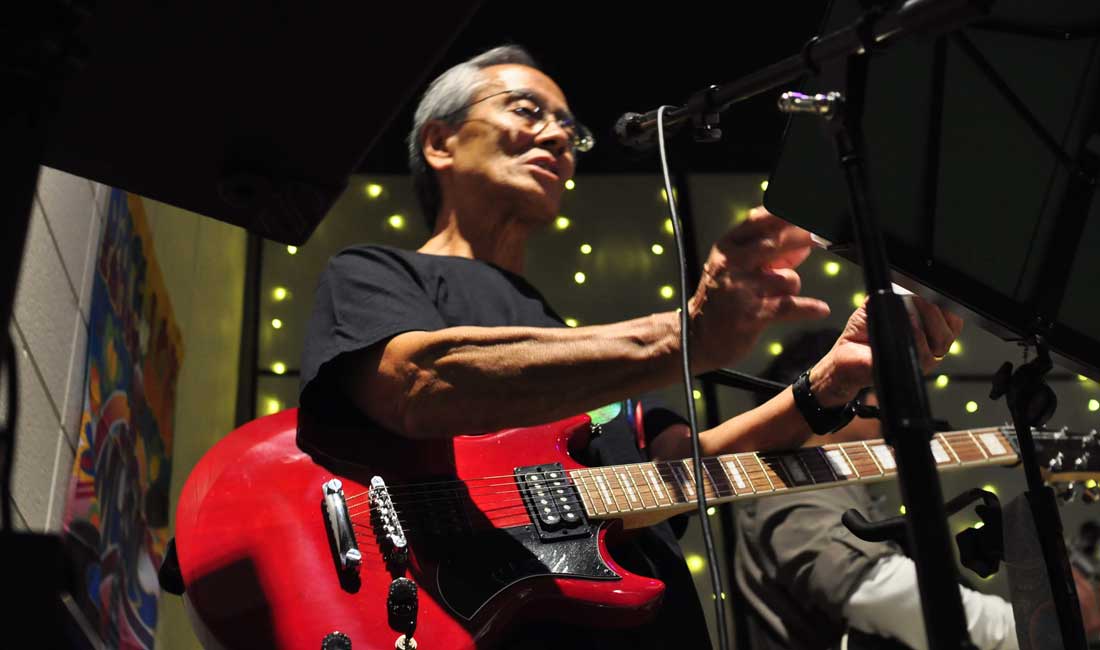
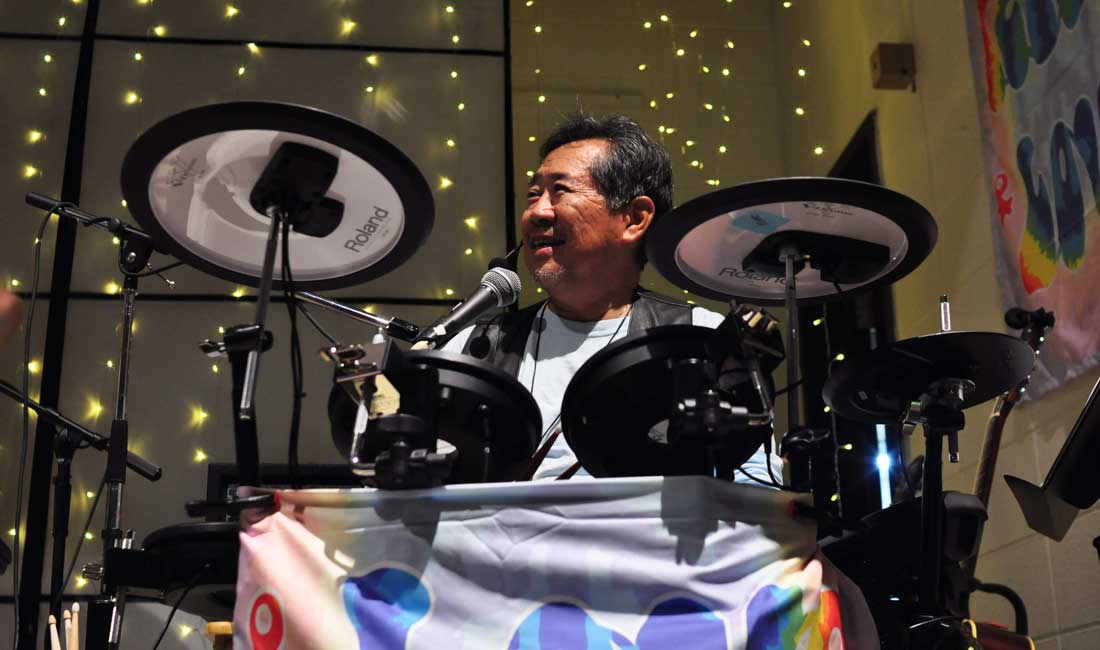



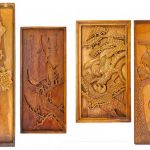



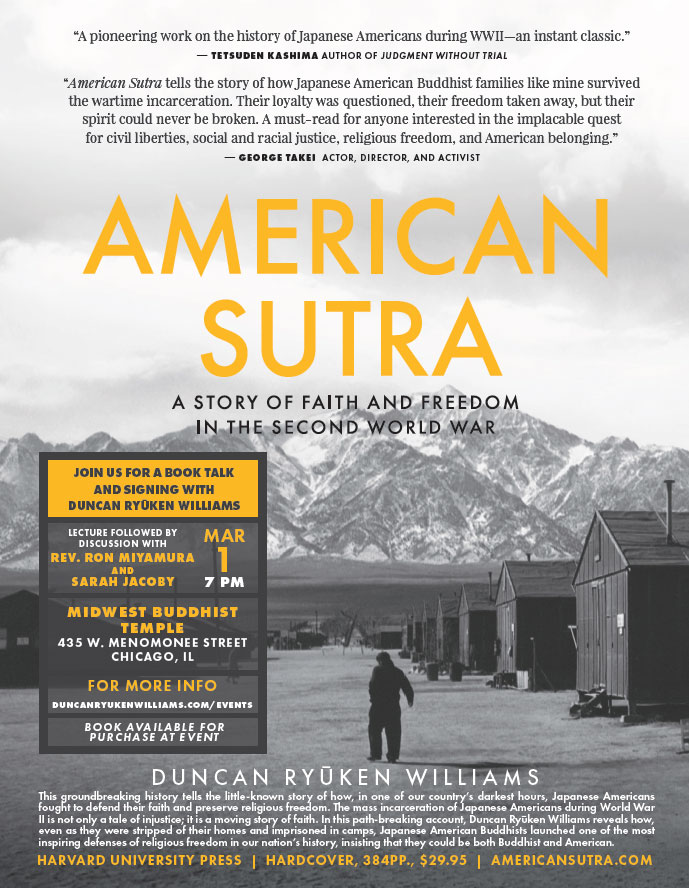
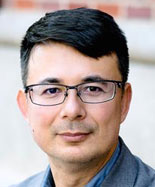 FRIDAY MARCH 1 USC professor Duncan Ryukan Williams, who is also a Soto Zen priest and author of the book “American Sutra: A Story of Faith and Freedom in the Second World War” gave a presentation and talk about “American Sutra.” The book, released by the Harvard Press on Feb. 19, reflects on how Japanese American Buddhists dealt with dislocation, loss and uncertainty during their wartime incarceration.
FRIDAY MARCH 1 USC professor Duncan Ryukan Williams, who is also a Soto Zen priest and author of the book “American Sutra: A Story of Faith and Freedom in the Second World War” gave a presentation and talk about “American Sutra.” The book, released by the Harvard Press on Feb. 19, reflects on how Japanese American Buddhists dealt with dislocation, loss and uncertainty during their wartime incarceration.